Primarily Peruvian Primates: Owlet Lodge and Los Amigos Research Station Trip Report
Peru: San Martin and Madre De Dios, May 2019
Fiona Reid & Jon Hall, with Cheryl Antonucci, Jean-Michel Bompar, Joanna Langdale, Judy Parish, Shonene Scott, Ignacio Yufera and Ian Thompson (San Martin district only)
When I visited Peru in 2014 I vowed to return. There was a lot more I wanted to see, in particular the spectacularly ridiculous Emperor Tamarins which have long been one of my most wanted primates. A few years later Cheryl Antonucci showed me reports from a birding lodge – Owlet Lodge – in the Andes where critically endangered Yellow-tailed Wooly Monkeys seemed to be reliable. The outline of a trip very quickly fell into place.
March to May, I was told, was the most reliable season to find Yellow-tailed Woolly Monkeys at Owlet. Whereas Emperor Tamarins, we were advised, were easiest to find at Los Amigos in May through July when those researching them were likely to be there. So we went to Peru in early May. I’m not sure whether that was a good decision: the weather at Owlet was terrible, and there were no researchers at Los Amigos.
Both Los Amigos and Owlet Lodge would only let us catch bats or rodents with a permit. After a lot of paperwork Fiona was able to get one, on condition we reported what we found. I imagine none of the rest of us would have stood a chance of being approved.
We spent three nights at Owlet Lodge, a night at Pumarini (near Tarapoto), a night at K’erenda (in Puerto Maldonado) and five nights at Los Amigos.
We met in Lima early on a friday morning for our flight to Tarapoto. It was all a bit chaotic. Our Latam flight was overbooked and a few of the group were initially denied boarding (the trick to avoid this seems to be to check in online well in advance). Fortunately, Lima airport was a total shit show and something like 40 people missed our flight, many of them stuck in the enormous line for security I suspect. And so we all got on the plane, though it was touch and go until they closed the aircraft doors.
San Martin District
Owlet Lodge, Abra Patricia
It was cold and very wet at Owlet Lodge. And that was inside the rooms.
The lodge is 2,000m up the eastern slope of the Andes. It is a five hour drive from Tarapoto Airport and Owlet will arrange transport. The place is comfortable enough in a spartan sort of way and the food was tasty. But there was an all pervading dampness and cold which, coupled with an absence of heating and any way to dry our clothes, made life a bit miserable. There was also very little information at the lodge, nor many people to ask most of the time. It felt a little like we had been abandoned up there.
We arrived in the late afternoon in heavy rain. After dinner we trudged around the cabins, mainly looking at some spectacular moths. I spotted a bat hanging on an outside wall. Thankfully Fiona saw it before it flew away and identified it as a Montane Myotis (Myotis oxyotus) a lifer for all of us. None of us were carrying a camera in the rain.
The next morning there was a break in the weather. The manager advised that the Woolly Monkeys – which he said had not been seen for 2 months – might be a kilometer or so down the Owlet Trail.
We walked the full 2.5km of the steep trail. The only confirmed mammal on the way down was a small squirrel – probably a Bolivian Squirrel – that Cheryl spotted (a species she also saw again near her room). I had a glimpse of something springing from a tree branch … at first I thought it was a tamarin but there aren’t any there, and so it might have been a Long-tailed Weasel. It might have been a figment of my imagination.
Walking back up the trail Jean-Michel spotted movement which turned into a large male Yellow-tailed Woolly Monkey, pretty much exactly where the manager thought they might be (here). Thankfully everyone arrived in time to enjoy prolonged – albeit distant – views of a pair of animals. Wonderful.
And while the yellow tail was obvious, the male’s yellow pubic hair undoubtedly stole the show. I guess Yellow-pubed Woolly Monkey doesn’t sound as appealing.
I will be honest. My heart sank down to my ankles when the manager told us no one had seen the monkeys in two months. But of course I should have remained optimistic and reminded myself that an absence of sightings can come from an absence of searching, rather than an absence of monkeys.
It rained for most of the rest of our stay. Torrentially at times. It eased to a drizzle for a few hours during our last afternoon and so we walked the Owlet Trail again with a lodge guide, planning to look after dark for Andean Night Monkeys, endemic to the eastern slopes of the Peruvian Andes, and the endemic Whiskered Owlet. Both seem to inhabit the same bit of forest, around a kilometer down the Owlet Trail (though night monkeys have been around the lodge itself when trees are fruiting).
We saw more Yellow-tailed Woolly Monkeys on the way down but – once again – none of us had our camera because of the rain. After dark the owlets refused to cooperate but we had great views of several Andean Night Monkeys in a tall tree: according to our guide they are often in a particular tree species that looks something like a cecropia.
Back at the lodge we tipped cooked rice on the lawn. Thirty minutes later some of us saw a Mountain Paca eating it. A close, clear but unfortunately brief view: the animal scarpered as soon as I shone a light on it. Despite putting more rice out we didn’t see it again. Later that evening some of us saw an Andean White-eared Opossum in a fruiting tree near the dining room.
The lodge staff told us that Black Agoutis usually visited the lawns in front of the dining room early each morning to eat food left out by the lodge. We didn’t see one until the last day. Partly because of the rain I imagine, and partly because we didn’t realize how skittish they are. They are best seen from inside the dining room.
The batting could have been great at Owlet Lodge: just about every species there would have been new for most of us. But the rain put a stop to that. We set nets briefly one night and caught just two animals. Both lifers for me.
This is Handley’s Tailless Bat.
And this is the aptly named Hairy Yellow-shouldered Bat.
Small mammal trapping was productive however, despite the rain. We had 50 sherman traps with us and caught three species.
Strong-tailed Oldfield Mice were the commonest capture, their faces almost shrew like.
We caught a few of the colorful Tomes’ Rice Rat. As well as a couple of much smaller Highland Grass Mice.
After three cold and wet nights I suspect everyone was pretty happy to leave Owlet Lodge for warmer weather and a lower elevation. But before we set off back down to Tarapoto we took a three hour round trip to Huembo Lodge – the sister lodge to Owlet – to look at the Spatulate-tailed Hummingbirds that are easy to see at the feeders there.
Tarapoto
We’d intended to spend four nights at Owlet Lodge, until I started trawling through birding reports and discovered that birders occasionally see Rio Mayo (or San Martin) Titi Monleys between Owlet Lodge and Tarapoto. Another critically endangered Peruvian endemic. I persuaded Fiona that we had to try.
But I didn’t know where to look. Daniel Lane and Jesse Fagan, both bird guides, were kind enough to help. Their first suggestion was Morro de Calzada (a “big, obvious peak about halfway between Rioja and Moyobamba”). They suggested if we park here, and take trails heading east we should arrive in Titi territory.
But we had an 11 a.m flight from Tarapoto on monkey morning so we needed a site close to the airport. Daniel and Jesse said they had seen the titis at two places just south of Tarapoto. At the roadside at Pantano Guerra and a little further south at a birding spot called Quebrada Upaquihua, which is where I decided to focus our efforts.
We spent the night at the lovely (VERY lovely after Owlet) Pumarini Lodge. A full bar, beautiful rooms, helpful staff, a restaurant with a menu, a full bar and a pool. Did I mention the bar?
We weren’t able to catch any bats there but saw a few Nancy Ma’s Night Monkeys in trees along the road near the lodge gate and numerous Brown-throated Three-toed Sloths.
The lodge organized breakfast at 4:45 a.m. for us, plus a minibus and an excellent local guide, Henry Gonzáles. At 6:00 a.m we were in the forest looking for the monkeys. To get to Quebrada Upaquihua take the main road to Buenos Aires and then follow the road to Santa Rosa de Upaquihua for exactly 10 km (there are markers). After an hour or so searching we began to hear the Rio Mayo Titis calling. Everyone eventually had prolonged views of a distant animal here.
Delighted that the plan had worked, we drove to the airport in plenty of time for our flight, stopping to look at a particularly obliging Brown-throated Three-toed Sloth that Fiona spotted in a bare tree.
We spent most of the day traveling. First back to Lima where we said goodbye to Ian Thompson. And then on to Puerto Maldonado in Peru’s south east.
Madre De Dios
Puerto Maldonado
We arrived in Puerto Maldonado in the late afternoon and took a 15 minute cab ride to K’erenda Lodge on the edge of town. Fiona’s decision to stay here was an inspired choice. The lodge’s owner has dedicated the past 30 years to reforestation around the lodge, planting 20,000 trees and establishing a private conservation area. And, as a result, there were lots of mammals around the lodge.
We saw several Azara’s Night Monkeys in a tree near the dining room, and – even better – two porcupines that we eventually agreed were Bicoloured Porcupines, a lifer for most of us.
A couple of Common Opossums completed the mammal haul for the night.
In an hour or so after breakfast the next morning Fiona found a few White-throated Round-eared Bats roosting in a termite mound, along with some Lesser Spear-nosed Bats. She also found a roost of Buffy Broad-nosed Bats: a common species in the area but another lifer for me.
A few people saw an agouti, I guess a Central American Agouti, and we also got a good look at a Northern Amazon Red Squirrel. It can be difficult to distinguish the northern and southern flavors, which are often sympatric, and identification requires comparing the front and rear legs. Northern Amazon Red Squirrels have forelimbs paler than their hindlimbs. The legs are the same color in Southern Amazon Red Squirrels.
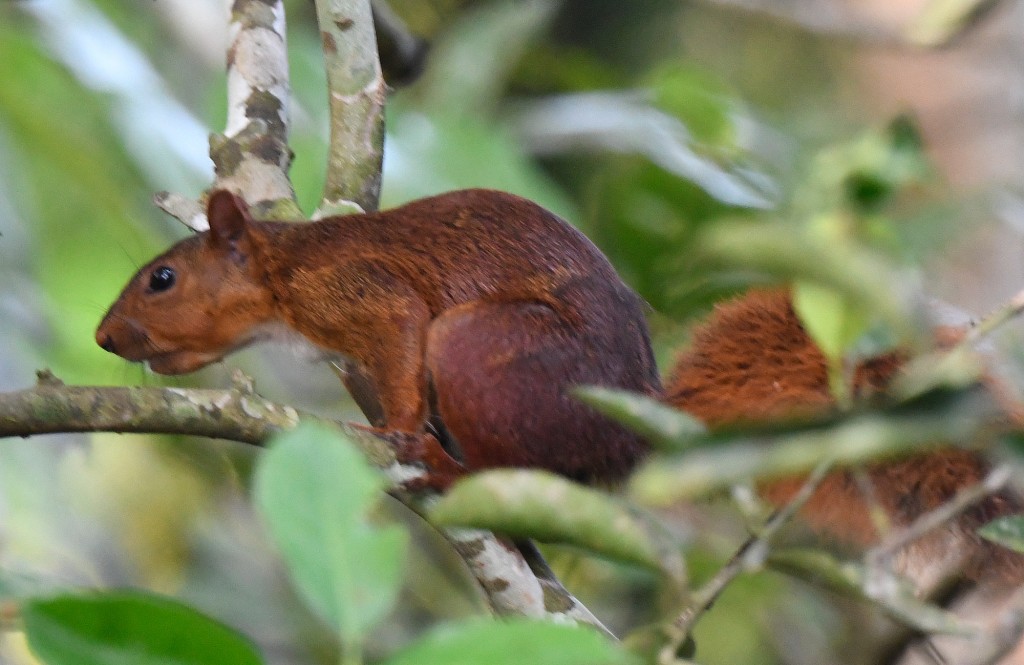
Northern Amazon Red Squirrel, Sciurus igniventris. Note the forelimbs are paler than the hindlimbs. Photo Jean-Michel Bompar.
Our bus arrived at 8 a.m. to drive us an hour to the river to catch the boat to Los Amigos.
Los Amigos Biological Station
It took four hours by boat to reach Los Amigos. There is not a great deal to see along the river, other than dozens of illegal gold mines, all of which presumably are dumping mercury into the water.
I’d wanted to visit Los Amigos Biological Station ever since I read Sjef Oller’s 2015 report: Sjef painted a picture of a place with lots of mammals and lots of freedom. A place where Emperor Tamarins were easy to see. Sjef’s report has lots of useful information and I will not repeat it here, and note that not much seems to have changed.
The station is a perfect spot to explore the rainforest. Though they do accommodate researchers and groups of students from time to time, we had the place to ourselves. The food was very good – more eco lodge than research station quality – and the rooms were comfortable. Plus there was hot water and reasonable wifi, and they only ran out of beer twice. What else do you need? Ummmm … well I guess fewer bugs would have been nice. I didn’t take any malaria protection and – 3 weeks later – I seem healthy. But there were a great many blood thirsty mossies after dark.
We had very little rain. It was extremely hot and humid until our last afternoon when a cold snap lowered the temperature by 15C. That night we actually used the blankets in our rooms; until then we had been totally perplexed by their presence.
The station provides three meals a day. These are at set times but – perhaps because we were the only group – we had flexibility. Breakfast at 6 a.m., or dinner at 8.30 p.m., were not a problem for the accommodating staff.
There were no “official” guides working at the station. But the manager knew a good deal about where to look for certain species, and one of the staff – Samuel – came with us a couple of times to help look for Sakis and Giant Otters. He was a big help.
The trail system is pretty well marked although several trails were shut pending repairs which complicated some plans. We had total freedom to come and go, day or night, and – thanks to our permit – were able to set small mammal traps and net for bats.
We spent five nights at the station, walking in the mornings and late afternoons and – somewhat half heartedly in my case – at night. We set 50 sherman traps four nights running, and put up mist nets on two nights.
The primates are arguably the biggest draw at Los Amigos. Eleven species have been recorded there and we saw ten. The eleventh – Goeldi’s Monkey – is rare on the reserve and only seen two or three times a year.
Many of us focussed on finding the specialty primates before turning serious attention to other species. Most of the primates were fairly easy to find other than Gray’s Bald-faced (or Ryland’s) Saki: according to Cheryl’s pedometer we walked over 40 miles looking for that species, mainly along the same loop of trails (19-25-24-10). And so the following notes reflect that this area was where we spent most time; and not that these are necessarily the best sites for each of the 46 species we saw.
Weddell’s Saddle-backed Tamarin Leontocebus weddelli
We saw a small troop on our first morning, close to the bottom of the steps that lead down to the river. I didn’t see anymore though I didn’t return to this area again.
Emperor Tamarin Saguinus imperator
Everyone’s most wanted primate. A troop came through camp most days in the mid morning we were told and I saw them on our first morning. Another, habituated troop, including animals with radio collars, was often near the football field early in the morning or late in the afternoon. The bogey beast of the trip for Fiona: she was always in the wrong place at the wrong time until the very last morning when she finally saw one.
Bolivian Squirrel Monkey Saimiri boliviensis
We saw them a few times along trail 10.
Humboldt’s White-fronted Capuchin Cebus albifrons
I only saw this species once – along trail 10 – though Fiona saw them several times on trail 15.
Guiana Brown (Large-headed) Capuchin Sapajus (macrocephalus) apella
Seen once or twice along trail 10.
Black-headed Night Monkey Aotus nigriceps
We found a group on our first night at the bottom of the stairs down to the river. We did not search for them again.
Toppin’s Titi Callicebus toppini
Common around the station itself and seen every day. This has been split from Brown Titi.
Gray’s Bald-faced (Ryland’s) Saki Pithecia irrorata (rylandsi)
The sakis proved difficult to find. We walked over 40 miles looking for this species before finding them – with my thermal scope – on the very last morning just after dawn. The tall trees along trail 25, close to the intersection with trail 19, still seem to be the best area to see them, and this is where we eventually scored. But they are a quiet species, not prone to crashing through the foliage. The IUCN have this species as a recent split from Gray’s Bald-faced Saki. Others would like more data. As of January 2023 I am including it as Pithecia rylandsi on my life list.
Peruvian Spider Monkey Ateles chamek
Great views of a troop on our first morning along trail 15. I saw them a few more times close to camp.
Bolivian Red Howler Monkey Alouatta sara
When we arrived at the lodge Fiona spotted a troop lounging in the trees about halfway up the stairs from the river. I didn’t see any more but heard them calling in the mornings from down by the river. There were also near the rooms furthest from the dining room every morning.
Amazon Brown Brocket Mazama nemorivaga
We had a wonderful encounter with an animal close to the start of trail 10 in the mid morning, watching it emerge from the forest to cross the trail in front of us. Presumably this may have been an habituated animal that the camp staff mentioned. But we only saw it once.
Brazilian Tapir Tapirus terrestris
Fiona, Joanna and Shonene saw a Tapir after dark, somewhere near the intersection of trails 14 and 15.
Giant Otter Pteronura brasiliensis
Giant Otters are often seen at an oxbow lake called Cocha Lobo. Access is a little complicated and required a canoe and a guide. I was too busy searching for Saki Monkeys to try but Jean-Michel and Shonene visited one afternoon and had a fabulous encounter with a group. Ignacio and Joanna went the next day but didn’t see them.
Amazon Weasel Mustela africana
Late on our last afternoon Cheryl saw a weasel near the intersection of trails 14 and 15. Ian Thompson had seen one not so far from there a week earlier. We assumed it was a Long-tailed Weasel (one of my nemesis species) but when we got home we realized it was in fact an Amazon Weasel (Long-tailed Weasels are restricted to the highlands in Peru). An exciting record, as this species is very rarely reported by naturalists (so far as I know this is the first report on mammalwatching). The only lifer I missed on the trip. Dammit.
South American Coati Nasua nasua
An animal wandered out of the forest late one morning and sauntered through the middle of the research station.
Amazon Red-sided Opossum Monodelphis glirina
An exciting capture near the compost pile. The first Monodelphis species Fiona had seen despite thousands of trap nights in the right habitat. I may have seen another in camp one evening close to the dining room: when something about the right shape and size scuttled across the grass.
Southern Opossum Didelphis marsupialis
Seen once or twice in trees around our cabins.
Forest Rabbit (Tapiti) Sylvilagus brasiliensis
Quite easy to find after dark around the football field and compost heap.
Southern Amazon Red Squirrel Sciurus spadiceus
Seen several times, including around the cabins. The front legs are as dark as the hind legs in this species (contrast this photo to the one of the animal we saw in K’erenda).
Amazon Dwarf Squirrel Microsciurus flaviventer
I had a lovely encounter with an animal guarding its nest hole a few hundred meters from camp on trail 13: it stood its ground and moved around the tree to watch me leave. I didn’t have my camera. Others saw what was probably the same animal feeding on bark nearby.
Elegant Rice Rat Oryzomys nitidus
Fiona caught several along trail 15. We saw others – at least species in the same genus – while spotlighting.
Western Amazon Hylaeamys Hylaeamys perenensis
Fiona caught this species in traps along trail 15.
Yungas Rice Rat Hylaeamys yunganus
Fiona caught this species in traps along trail 15.
Destructive Pygmy Rice Rat Oligoryzomys destructor
I caught several under the boardwalks around the dining room.
Bicolored Arboreal Rice Rat Oecomys bicolor
I caught one of these in traps near the compost. And Fiona caught one on trail 13. We likely saw several others while spotlighting.
Foothill Arboreal Rice Rat Oecomys superans
Jean-Michel caught one animal in a wire cage trap in a tree, baited with fried chicken.
Common Spiny Tree Rat Mesomys hispidus
Fiona found one before dawn in a tree outside the dining room.
Bicolor-spined Porcupine Coendou bicolor
We saw several feeding in trees around – and above – our cabins.
Proboscis Bat Rhynchonycteris naso
Jean-Michel and Shonene saw some roosting when they were looking for Giant Otters.
Greater White-lined Bat Saccopteryx bilineata
Fiona saw a few roosting in a large tree on trail 14.
Lesser White-lined Bat Saccopteryx leptura
Four were roosting every day under the platform of the water tank tower (near the start of trail 19). Fiona had five roosting on her cabin (Cabin No. 1).
White-throated Round-eared Bat, Lophostoma silvicola
We mist-netted one along trail 15, and some people saw others roosting in termite nests.
Lesser Spear-nosed Bat Phyllostomus elongatus
We netted a few and found a roost in a hollow tree along trail 23.
Greater Spear-nosed Bat Phyllostomus hastatus
We caught three in mist nets, and saw them roosting with P. elongatus in a tree.
Common Long-tongued Bat Glossophaga soricina
Just one mist-netted.
Silky Short-tailed Bat Carollia brevicauda
Seven mist-netted.
Ben Keith’s Short-tailed Bat Carollia benkeithi
Three mist-netted.
Seba’s Short-tailed Bat Carollia perspicillata
Three mist-netted.
Little Yellow-shouldered Bat Sturnira lilium
One mist-netted.
Buffy Broad-nosed Bat Platyrrhinus infuscus
We caught a few in mist nets, and also found a roost in a disused cabin just before the water tower near the start of trail 19.
Northern Little Yellow-eared Bat Vampyressa thyone
Fiona discovered this pretty little bat roosting in its tent.
Great Fruit-eating Bat Artibeus lituratus
We mist-netted two.
Dark Fruit-eating Bat Artibeus obscurus
One mist-netted.
Flat-faced Fruit-eating Bat Artibeus planirostris
Ten mist-netted.
Riparian Myotis Myotis riparius
One mist-netted on trail 15.
Not a bad haul!
And too soon we had to leave. The boat trip back towards Puerto Maldonado took only 2.5 hours, with another hour to the airport and flights to Lima and home.
A big thank you to everyone on the trip, especially Fiona who soldiered on for 10 days with “sore ribs” that were diagnosed – back home – as a broken sternum! And there was me moaning about my bug bites. Thank you very much to Erika Paliza for help with obtaining the permit from SERFOR, to James Adams who manages Los Amigos, to Daniel Lane and Jesse Fagan for their advice on the Rio Mayo Titis, and to our guides Henry at Pumarini, Roberto at Owlet, and Samuel at Los Amigos.
Stuff we missed
Of course there were many more mammals we could have seen. A partial list of species from both sites is here, based on data supplied by Owlet Lodge and Los Amigos.
Of particular note were Northern Pudus at Owlet, which are rare but probably not often looked for. I think a night / dusk drive from the lodge would be the way to go to see this (we didn’t have a vehicle). Mountain Coatis and Long-tailed Weasels are around too, though not often seen.
There were a great many more mammals to see at Los Amigos. We heard Bamboo Rats calling every night around the cabins for instance but didn’t see them, and there seem to be several species there. I also heard what I think was one of the two peccary species there. Some of the cats are not uncommon either it seems, including Ocelots and Jaguarundi. Nor are Giant and Greater Long-nosed Armadillos. Goeldi’s Monkeys are seen occasionally, and were near the cabins in January.
Trip List
F Amazon Red-sided Opossum Monodelphis glirina
Andean White-eared Opossum Didelphis pernigra
Southern Opossum Didelphis marsupialis
Brown-throated Three-toed Sloth Bradypus variegatus
Forest Rabbit (Tapiti) Sylvilagus brasiliensis
F Northern Amazon Red Squirrel Hadrosciurus igniventris
Southern Amazon Red Squirrel Hadrosciurus spadiceus
Amazon Dwarf Squirrel Microsciurus flaviventer
Bolivian Squirrel Sciurus igniventris
F Tomes’ Rice Rat Nephelomys albigularis
F Elegant Rice Rat Euryoryzomys nitidus
F Western Amazon Hylaeamys Hylaeamys perenensis
F Yungas Rice Rat Hylaeamys yunganus
F Destructive Pygmy Rice Rat Oligoryzomys destructor
Bicolored Arboreal Rice Rat Oecomys bicolor
F Foothill Arboreal Rice Rat Oecomys superans
F Strong-tailed Oldfield Mouse Thomasomys ischyurus
F Highland Grass Mouse Akodon aerosus
Common Spiny Tree Rat Mesomys hispidus
F Bicolor-spined Porcupine Coendou bicolor
Black Agouti Dasyprocta fuliginosa
Central American Agouti Dasyprocta punctata
F Mountain Paca Cuniculus taczanowskii
Giant Otter Pteronura brasiliensis (JM and SS only)
Amazon Weasel Mustela africana (CA only)
South American Coati Nasua nasua
Proboscis Bat Rhynchonycteris naso
Greater White-lined Bat Saccopteryx bilineata
Lesser White-lined Bat Saccopteryx leptura
White-throated Round-eared Bat Lophostoma silvicola
Lesser Spear-nosed Bat Phyllostomus elongatus
Greater Spear-nosed Bat Phyllostomus hastatus
Common Long-tongued Bat Glossophaga soricina
F Handley’s Tailless Bat Anoura cultrata
Silky Short-tailed Bat Carollia brevicauda
Ben Keith’s Short-tailed Bat Carollia benkeithi
Seba’s Short-tailed Bat Carollia perspicillata
F Hairy Yellow-shouldered Bat Sturnira erythromos
Little Yellow-shouldered Bat Sturnira lilium
F Buffy Broad-nosed Bat Platyrrhinus infuscus
Northern Little Yellow-eared Bat Vampyressa thyone
Great Fruit-eating Bat Artibeus lituratus
Dark Fruit-eating Bat Artibeus obscurus
Flat-faced Fruit-eating Bat Artibeus planirostris
F Montane Myotis Myotis oxyotus
Riparian Myotis Myotis riparius
F Weddell’s Saddle-backed Tamarin Leontocebus weddelli
F Emperor Tamarin Saguinus imperator
Bolivian Squirrel Monkey Saimiri boliviensis
Humboldt’s White-fronted Capuchin Cebus albifrons
Guianan Brown (Large-headed) Capuchin Sapajus (macrocephalus) apella
Azara’s Night Monkey Aotus azarae
F Andean (Peruvian) Night Monkey Aotus miconax
Nancy Ma’s Night Monkey Aotus nancymaae
F Black-headed Night Monkey Aotus nigriceps
F Toppin’s Titi Callicebus toppini
F Rio Mayo (San Martin) Titi Callicebus oenanthe
Gray’s Bald-faced (Ryland’s) Saki Pithecia irrorate (rylandsi)
F Peruvian Spider Monkey Ateles chamek
F Yellow-tailed Woolly Monkey Oreonax flavicauda
F Bolivian Red Howler Monkey Alouatta sara
F Amazon Brown Brocket Mazama nemorivaga
Brazilian Tapir Tapirus terrestris
63 SPECIES, 25 of them lifers for me plus Ryland’s Saki if it is split (F)
8 Comments
-
JanEbr
So do I understand the linked report correctly that you can visit the “research station” as a plain tourist, without being a “real” researcher? How much does it cost? I was in Peru once and I loved it, but we focused more on the mountains for trekking and only spent a few days around Oxapampa in the mountain forests, which was absolutely amazing though. But one thing that quite discouraged us from even trying the lower areas around Amazon (besides the obvious lack of time to do everything in one month) was how insanely expensive every lodge listed in our guidebook was …
-
Jon Hall
Yes Jan you can stay as a tourist – in fact they are trying to get more ecotourists to visit. And yes Peru is quite expensive The price list for the station is here https://www.amazonconservation.org/ourwork/research_los_amigos.html, you would need food on top of that and you need a transfer by boat to get there.
-
JanEbr
Well this is actually not that expensive! Especially because they state it includes meals. A lot of the jungle lodges run well into large hundreds of dollars per night, so this is quite the bargain for the fantastic area according to your description.
As a side note, Peru is not expensive, only the “touristy” things are. When we stayed the Yanachaga-Chemillen NP near Oxapampa, we paid something like three bucks per night – granted it was camping, but what a camping that was! We were also the first visitors in a week and the first Europeans in that year (and it was already September). It’s just that the cheap good places are extremely hard to get info on.
-
-
Łukasz Piechnik
Great observations. Congratulations and I envy 🙂
Amazon Weasel is the best. It is worth publishing this location somewhere and providing coordinates. Do you have photos of the individual or the tracks ??
-
Leave a Reply
You must be logged in to post a comment.


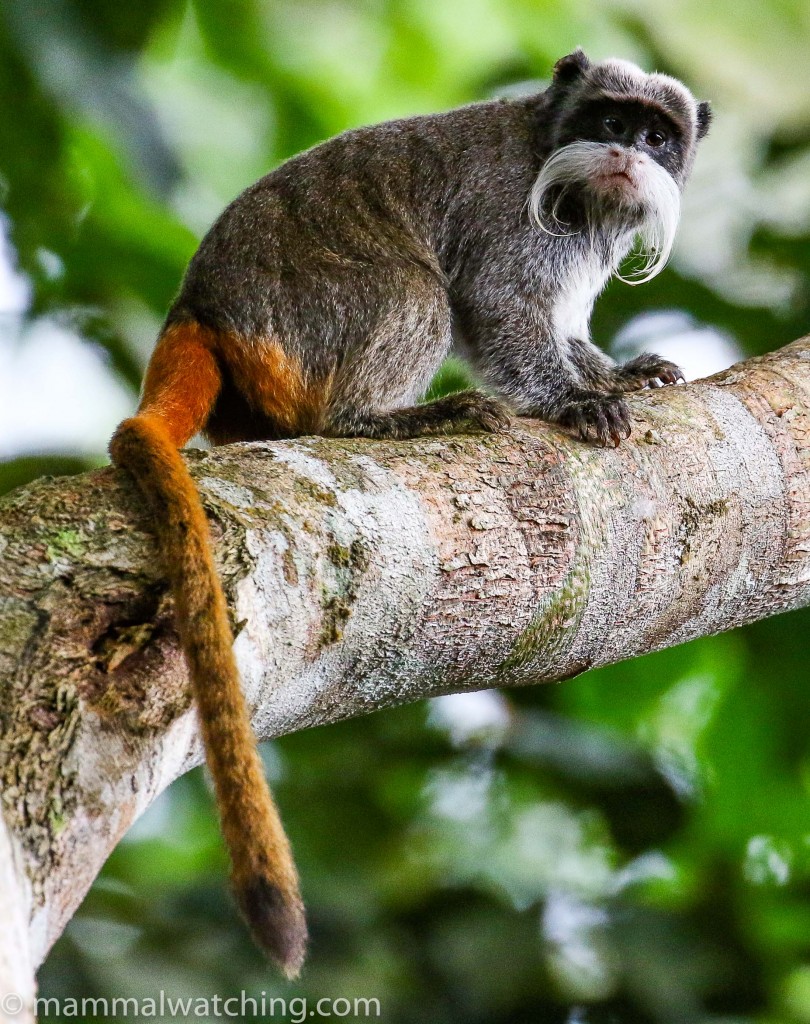
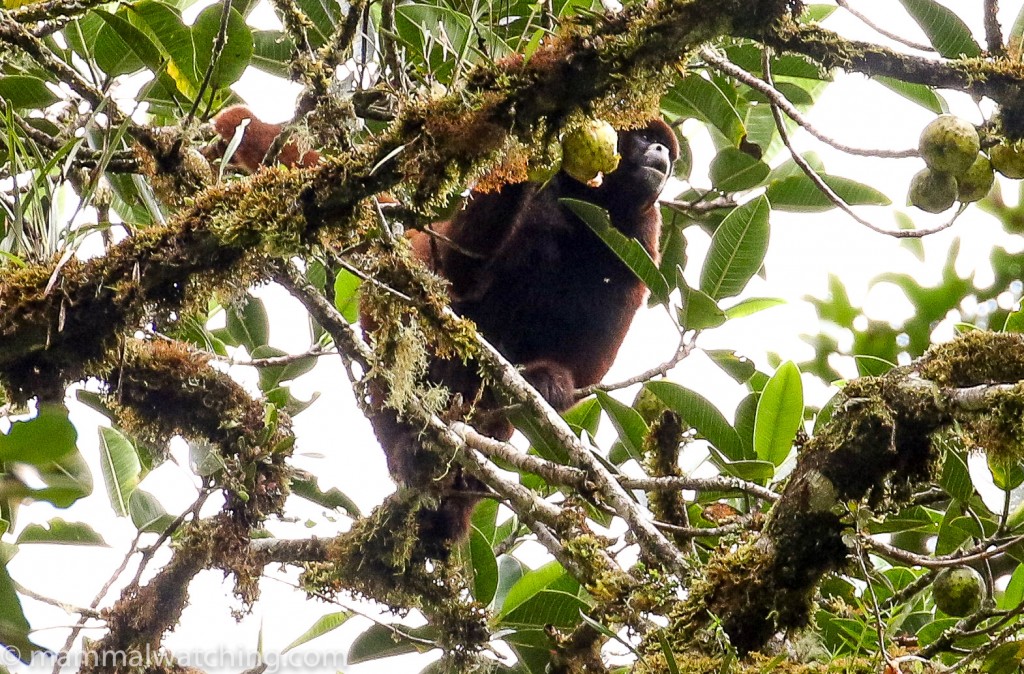
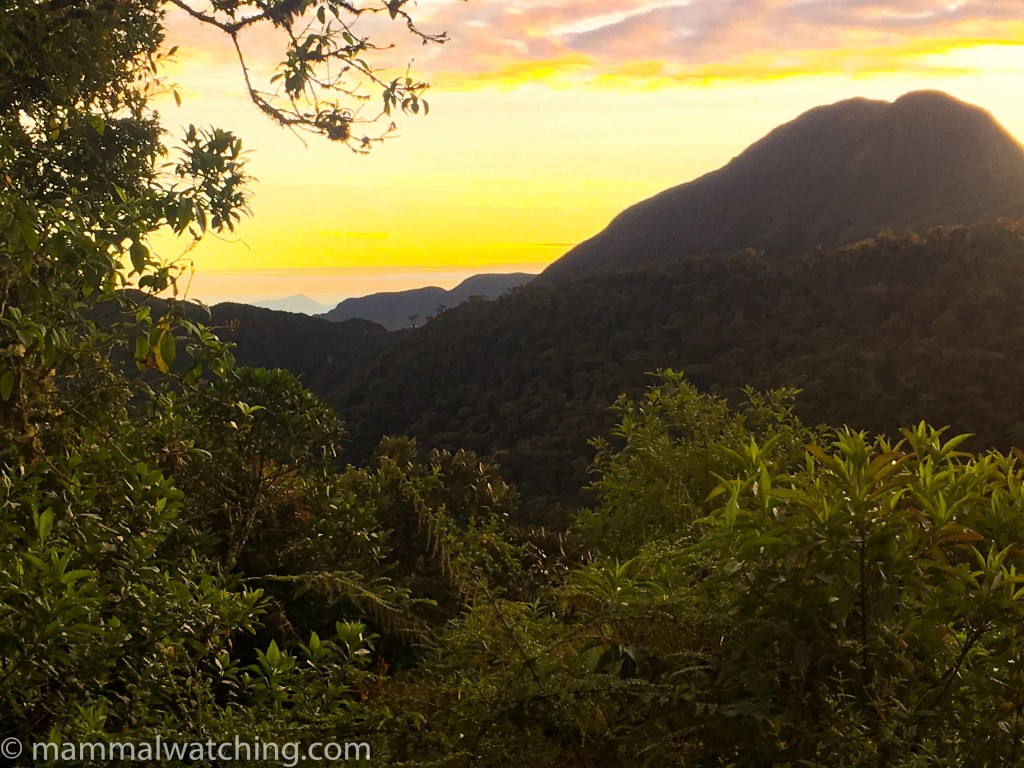
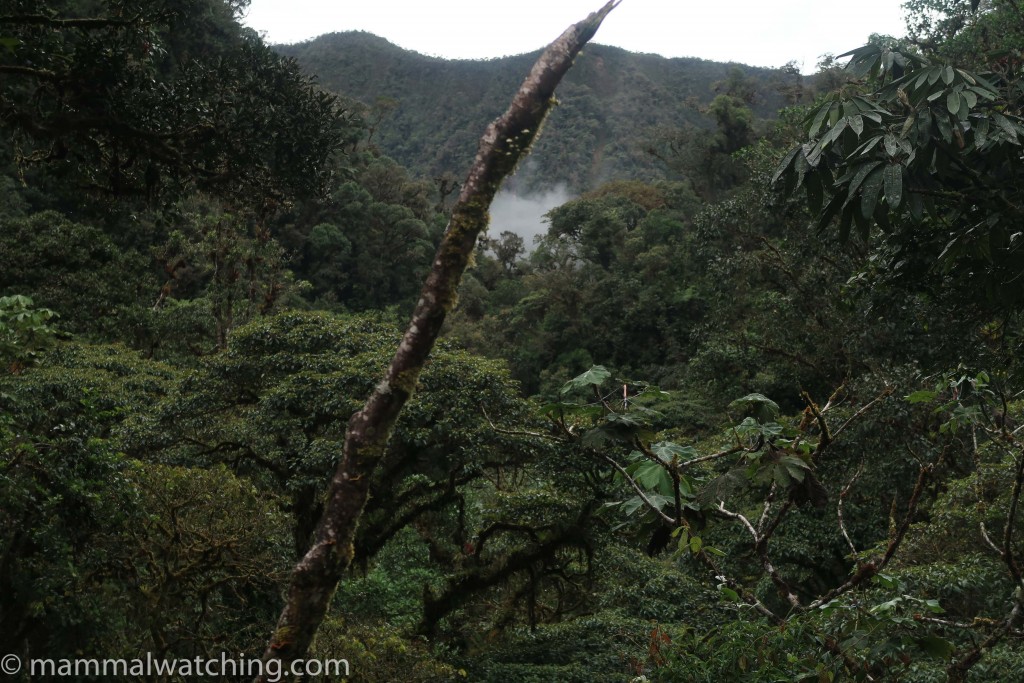
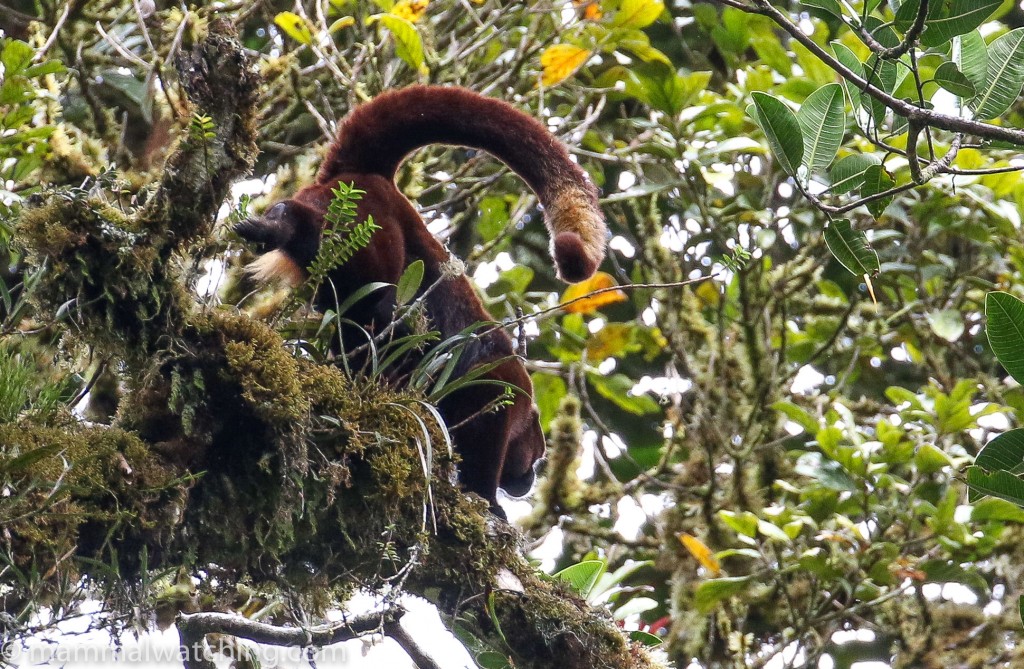
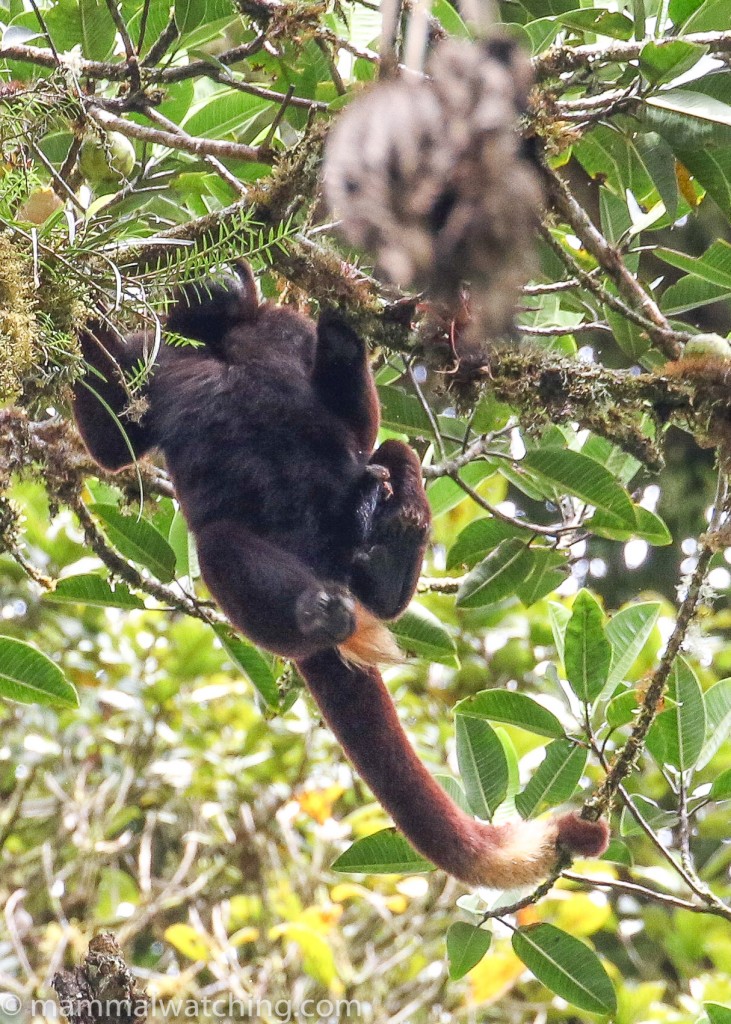
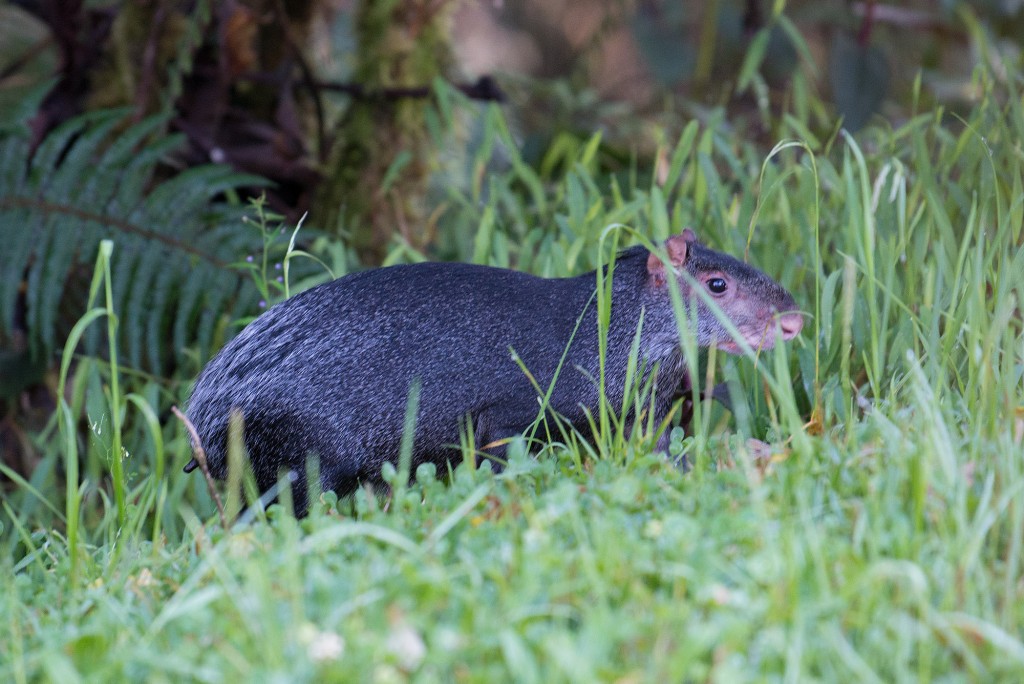
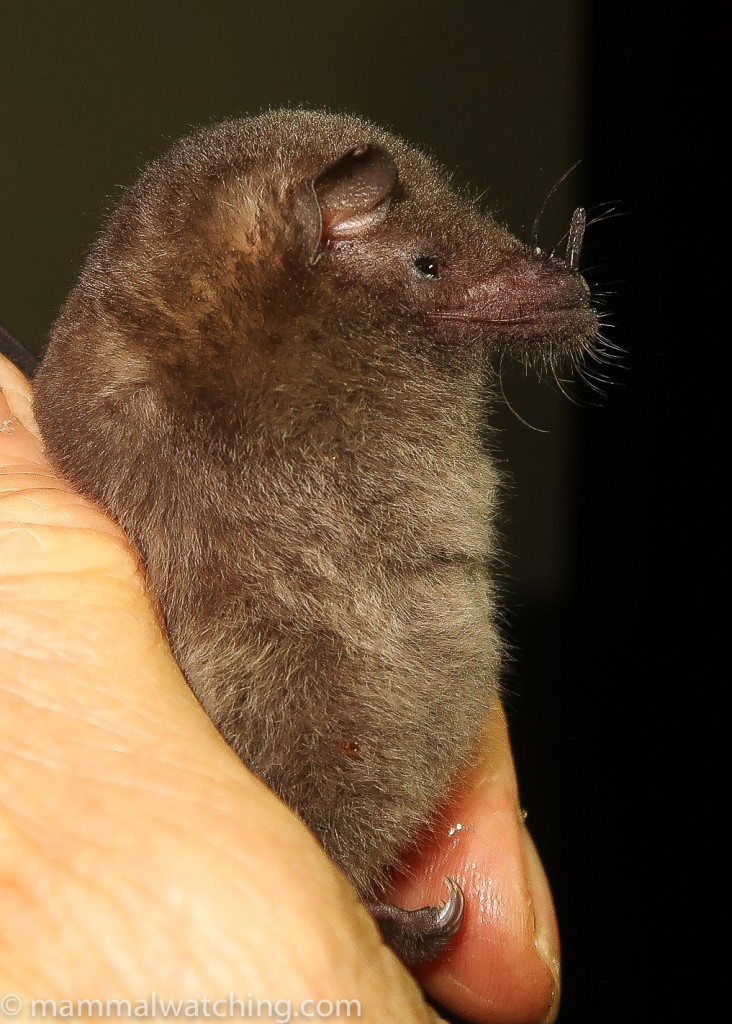
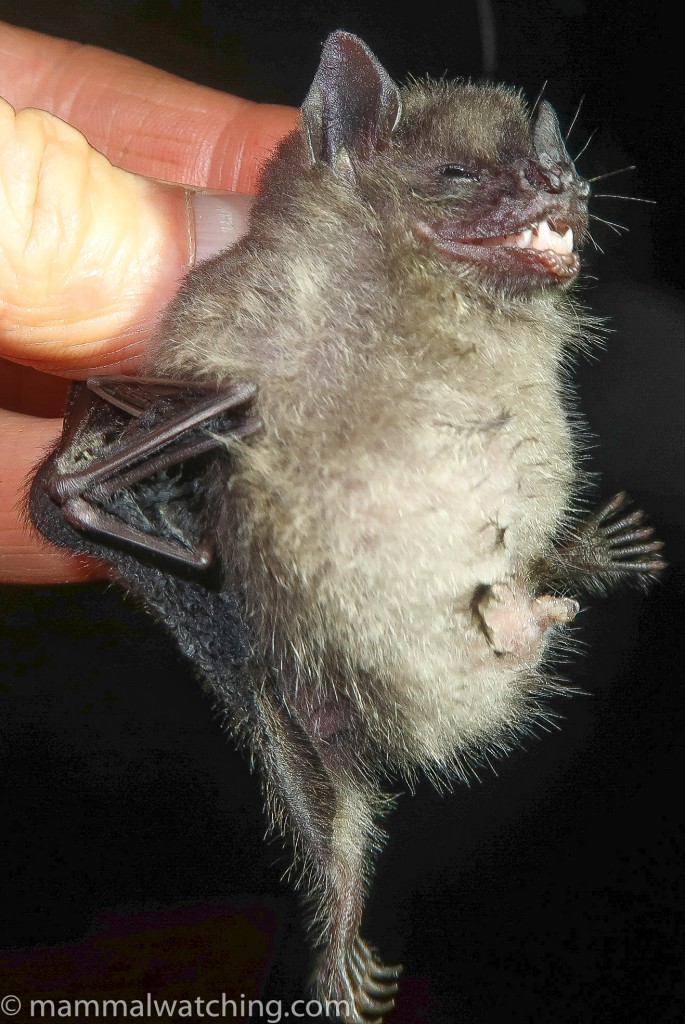
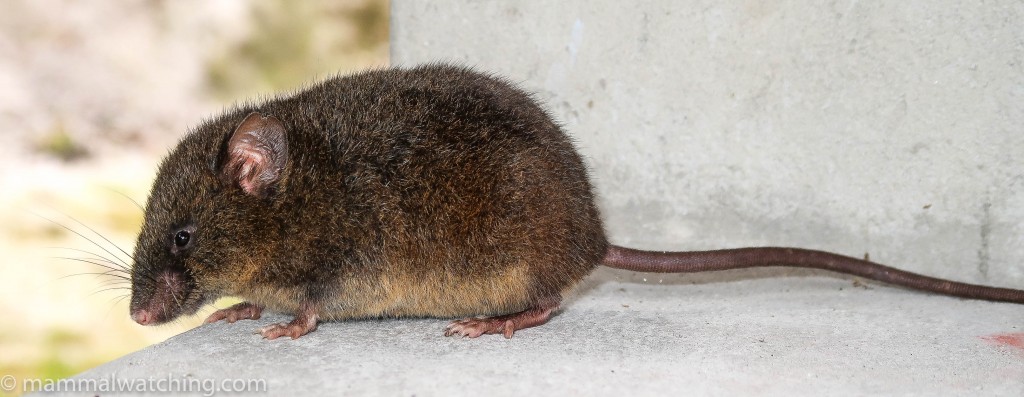
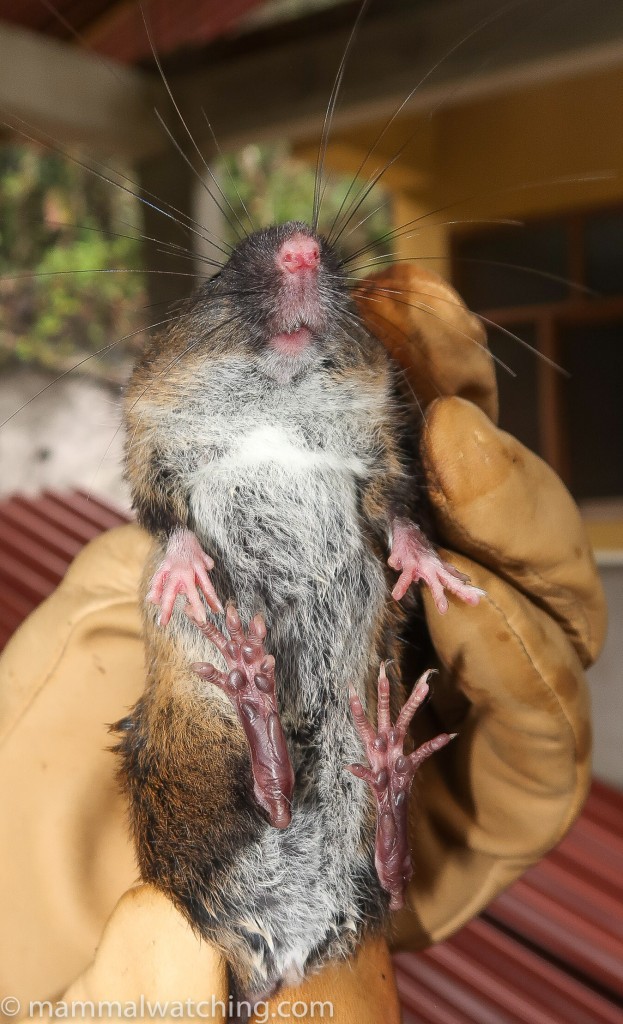
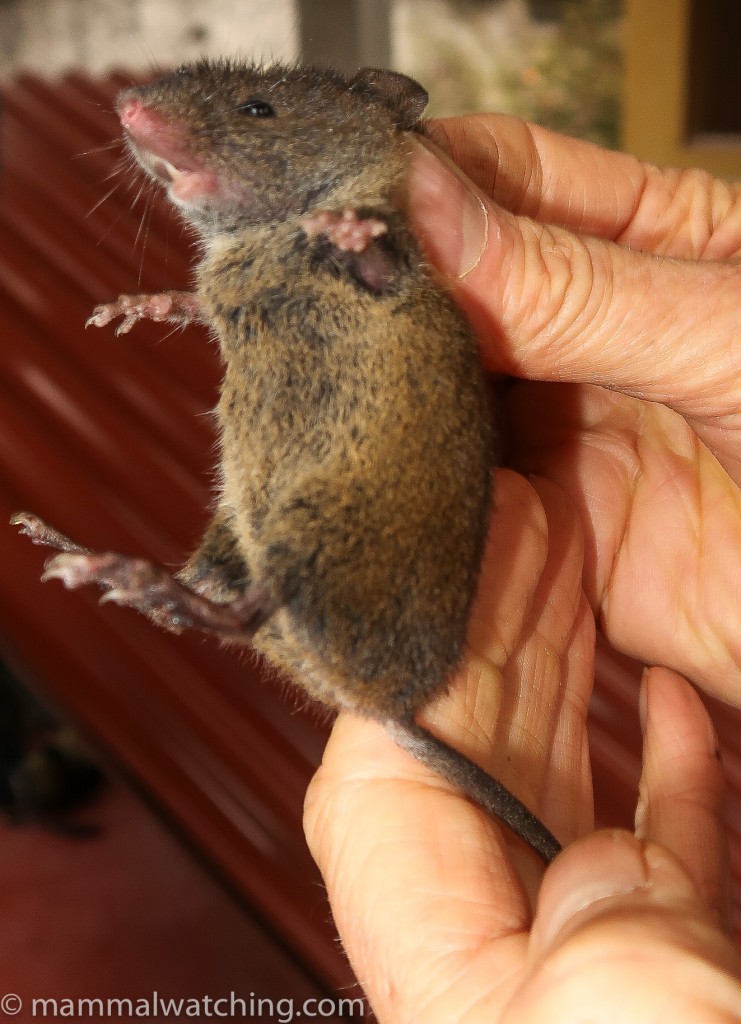
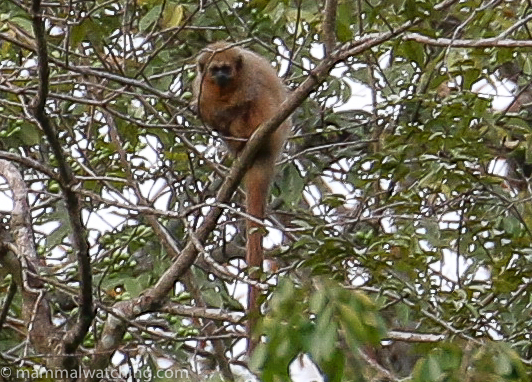
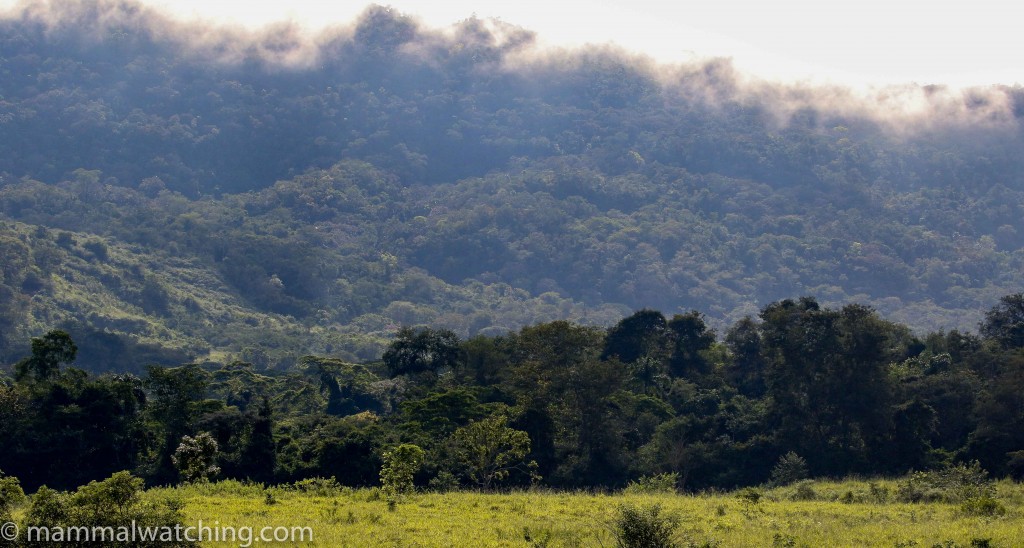
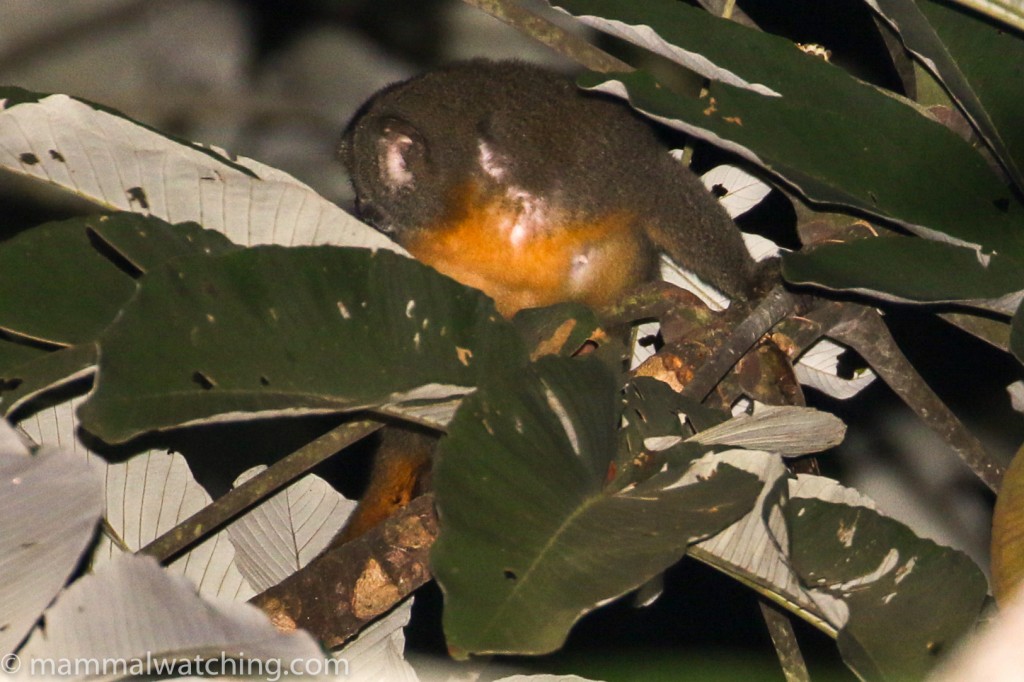
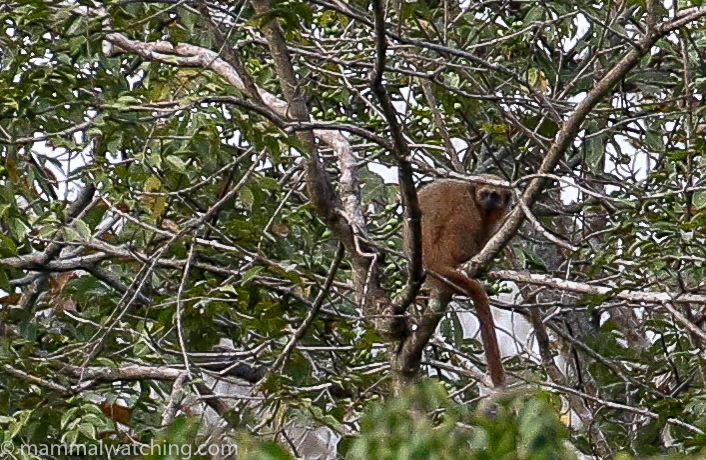
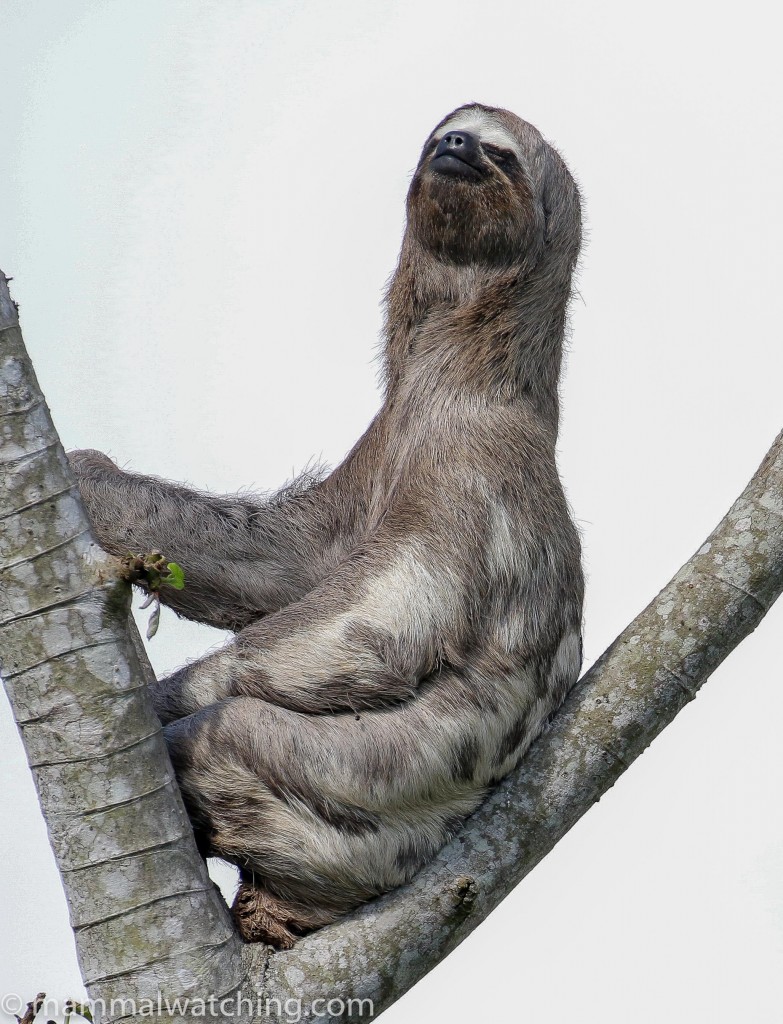
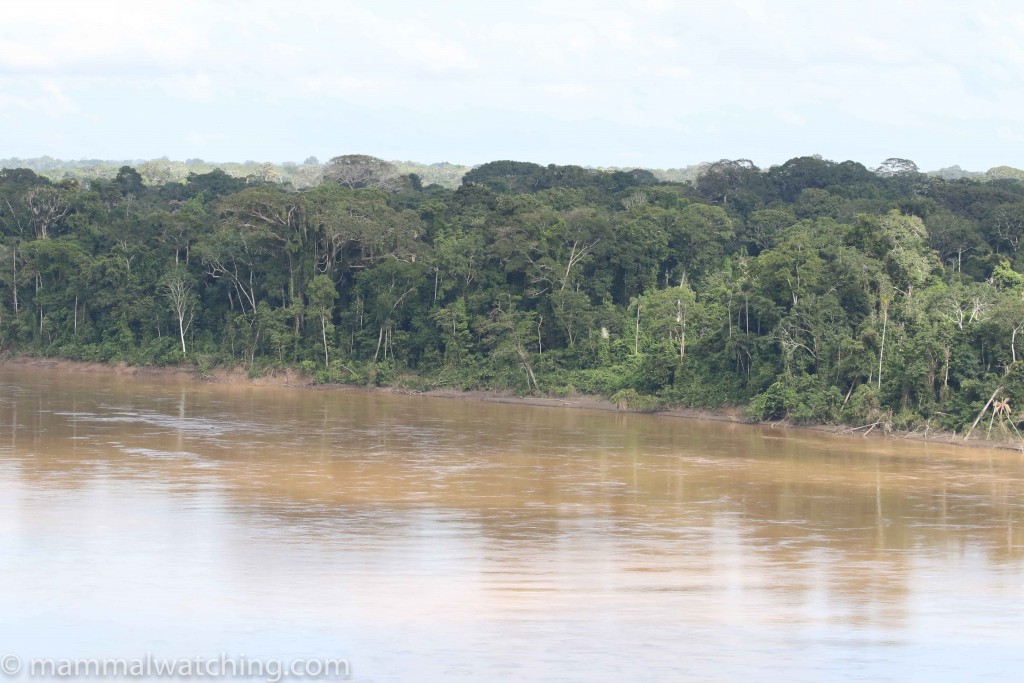
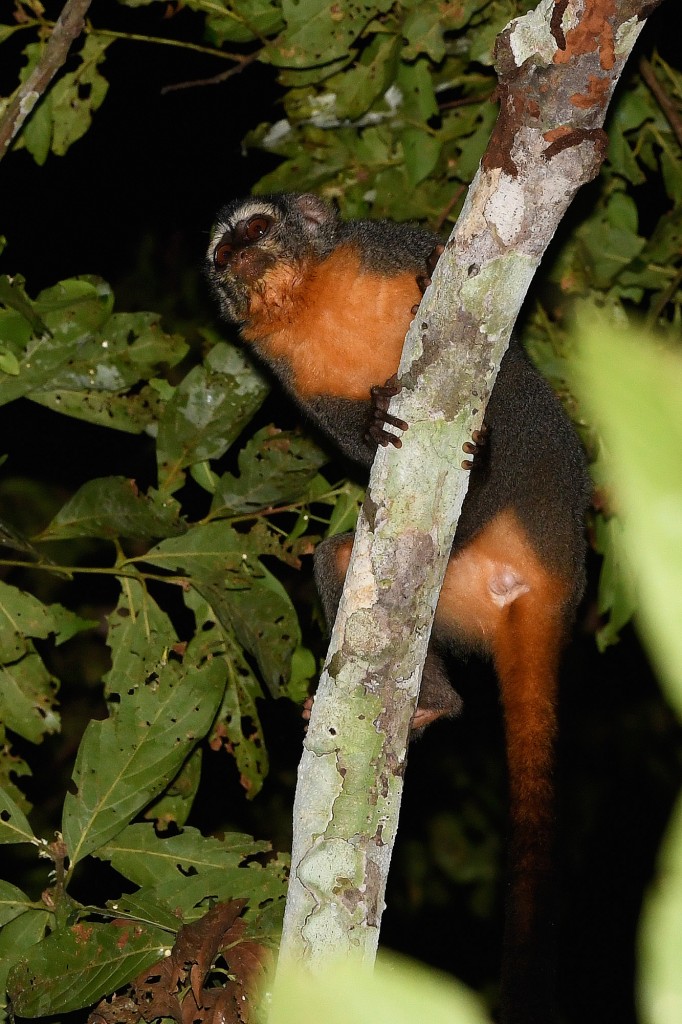
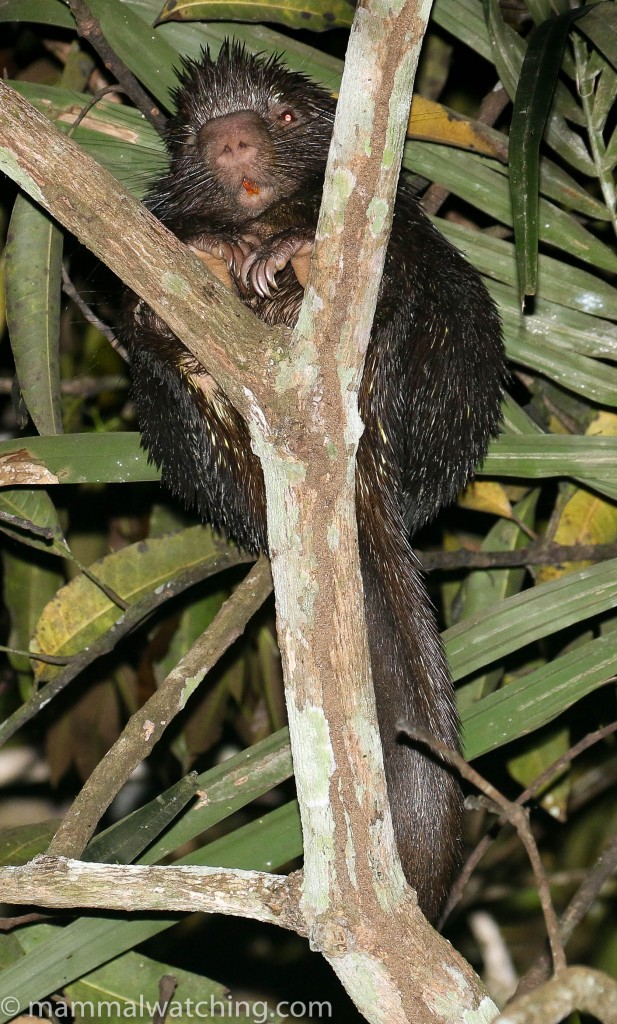
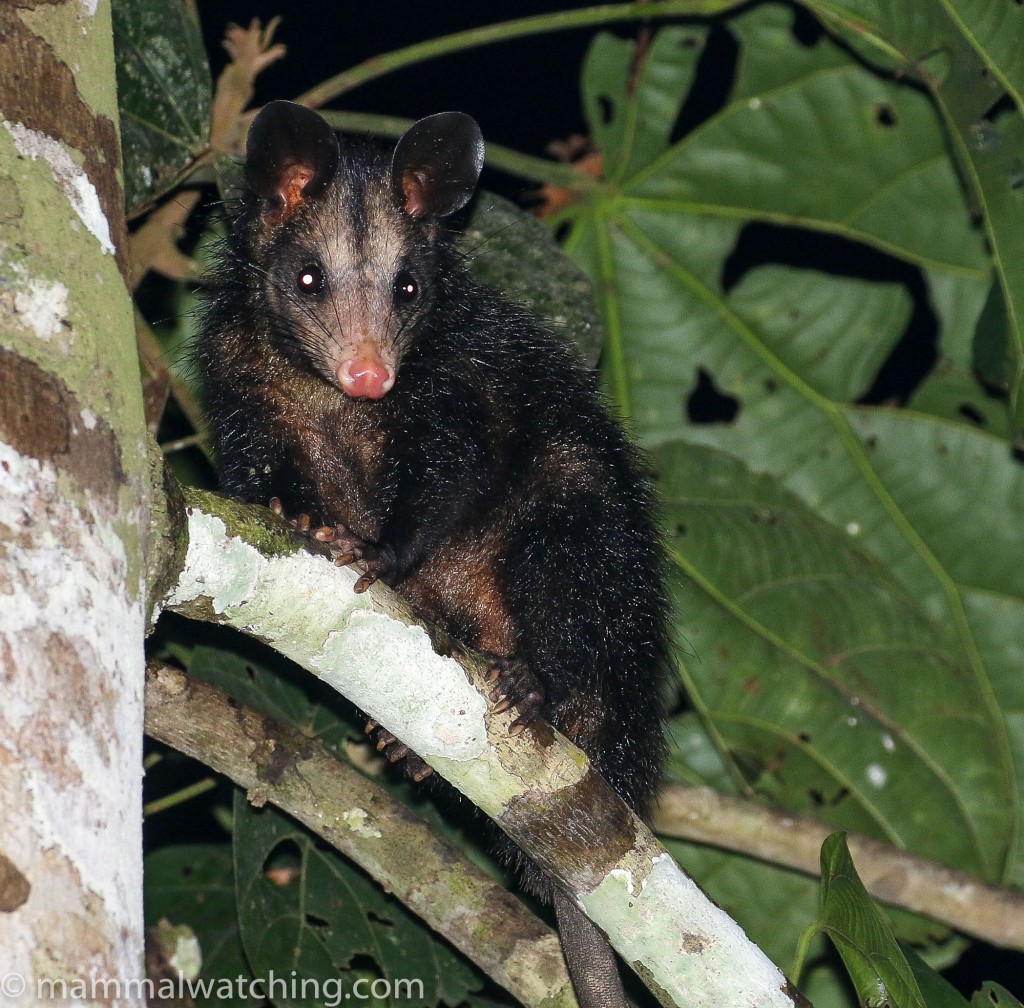
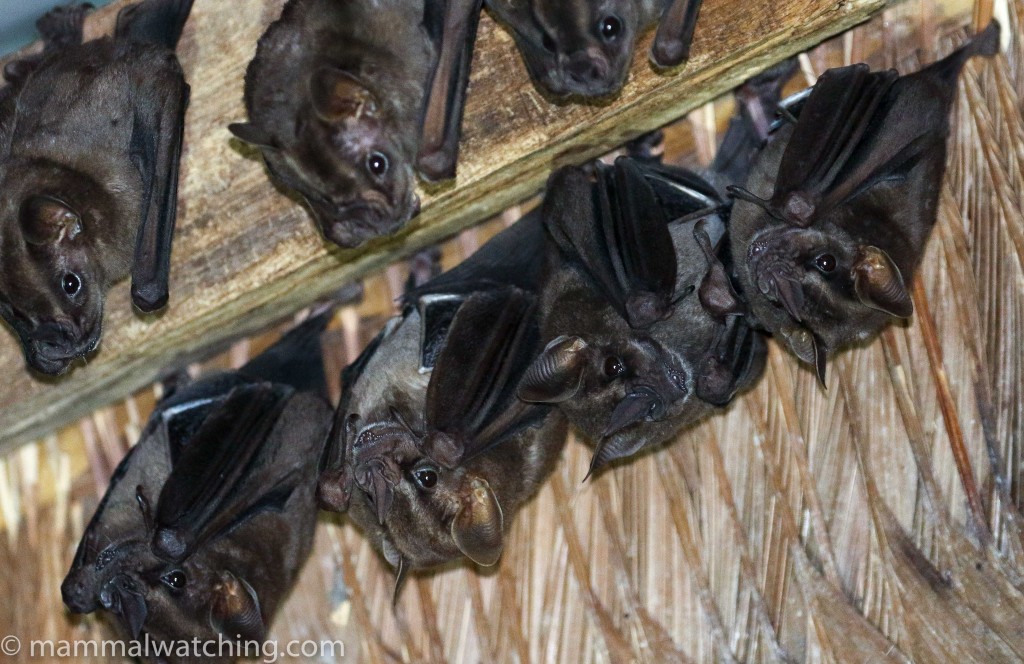
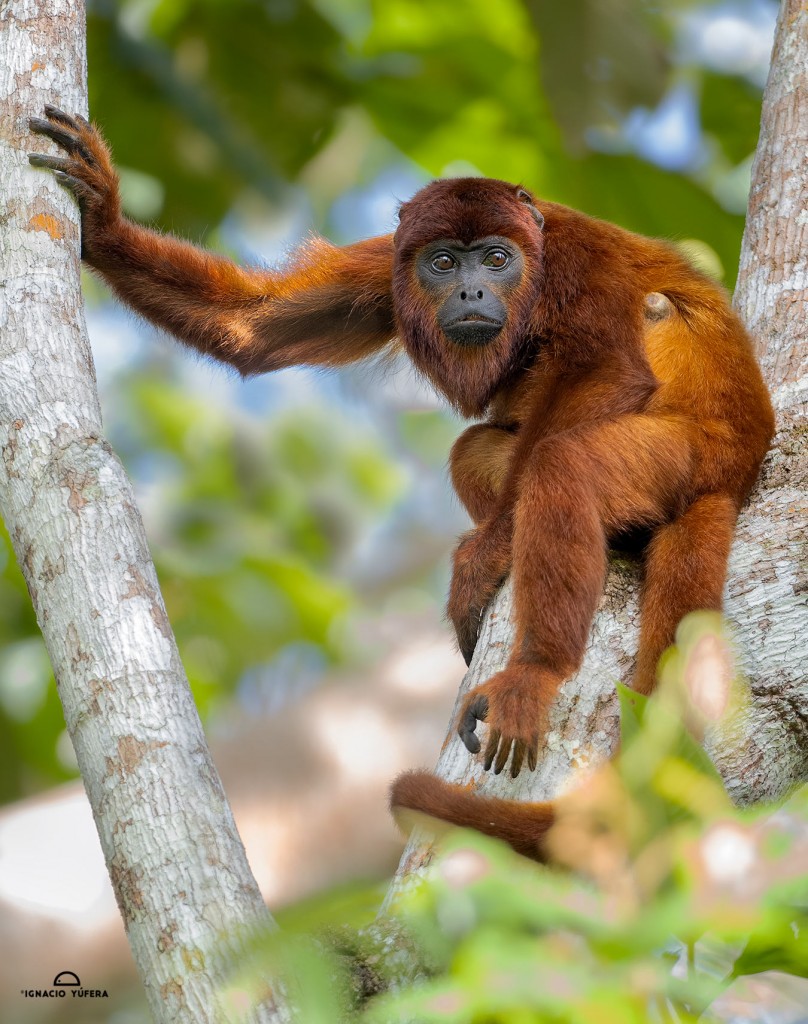
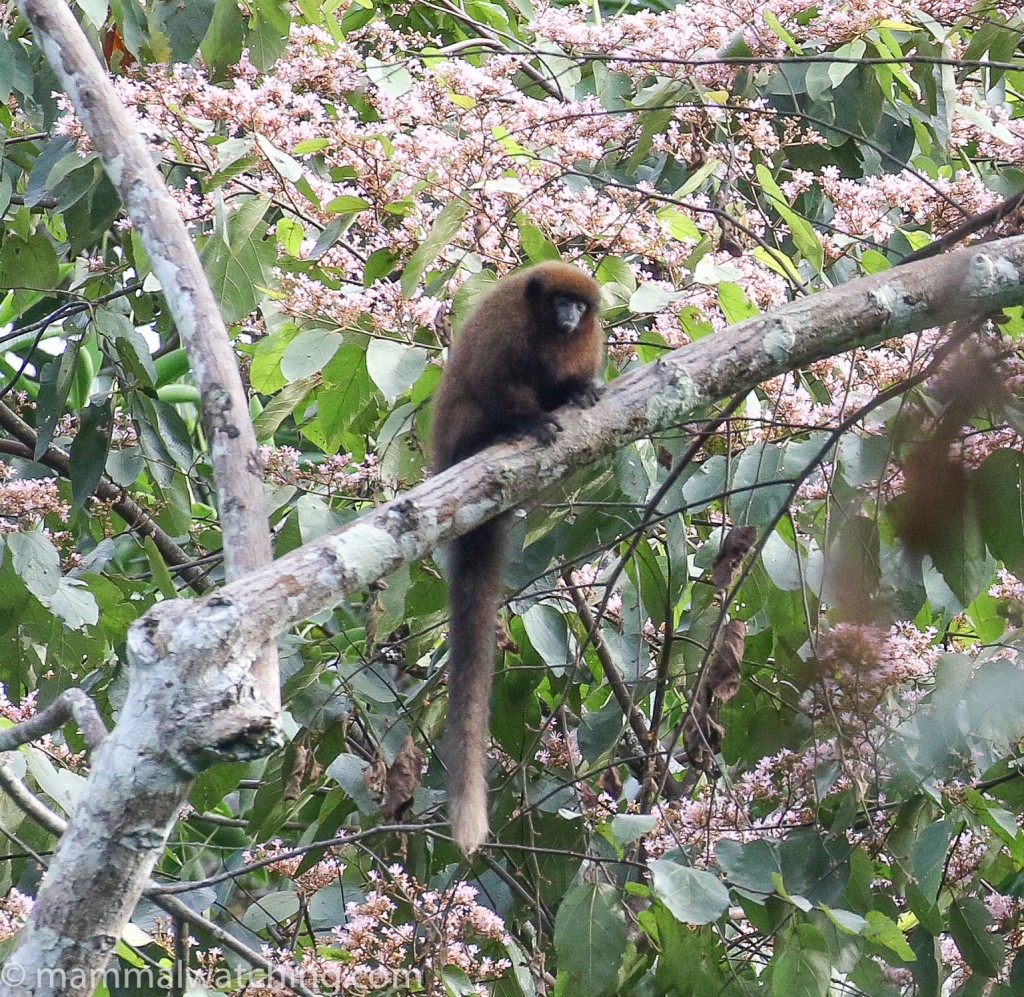
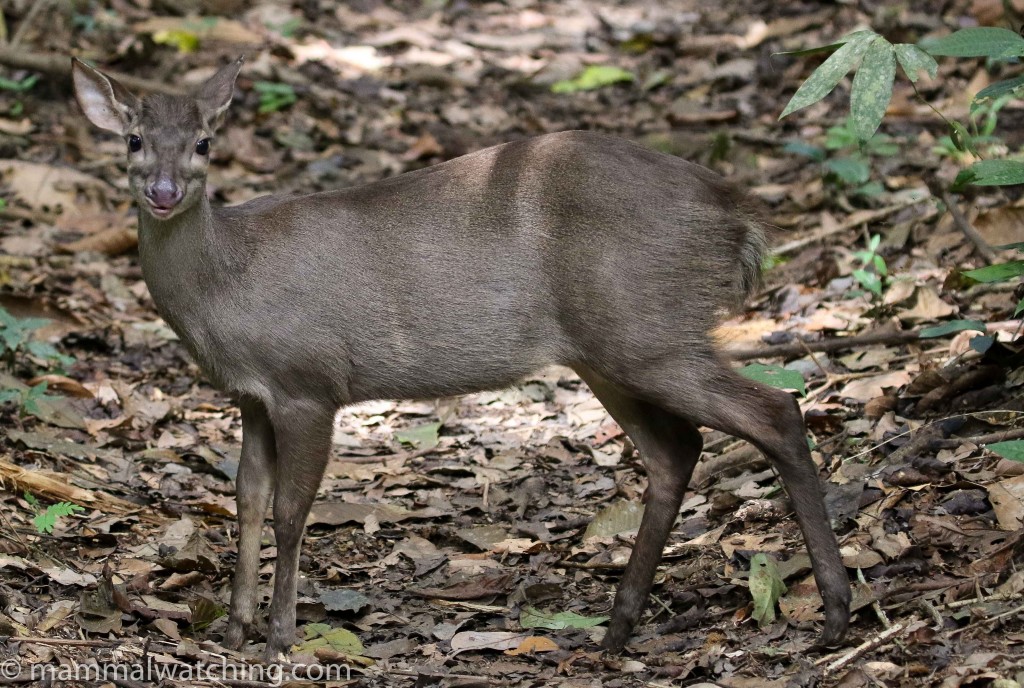
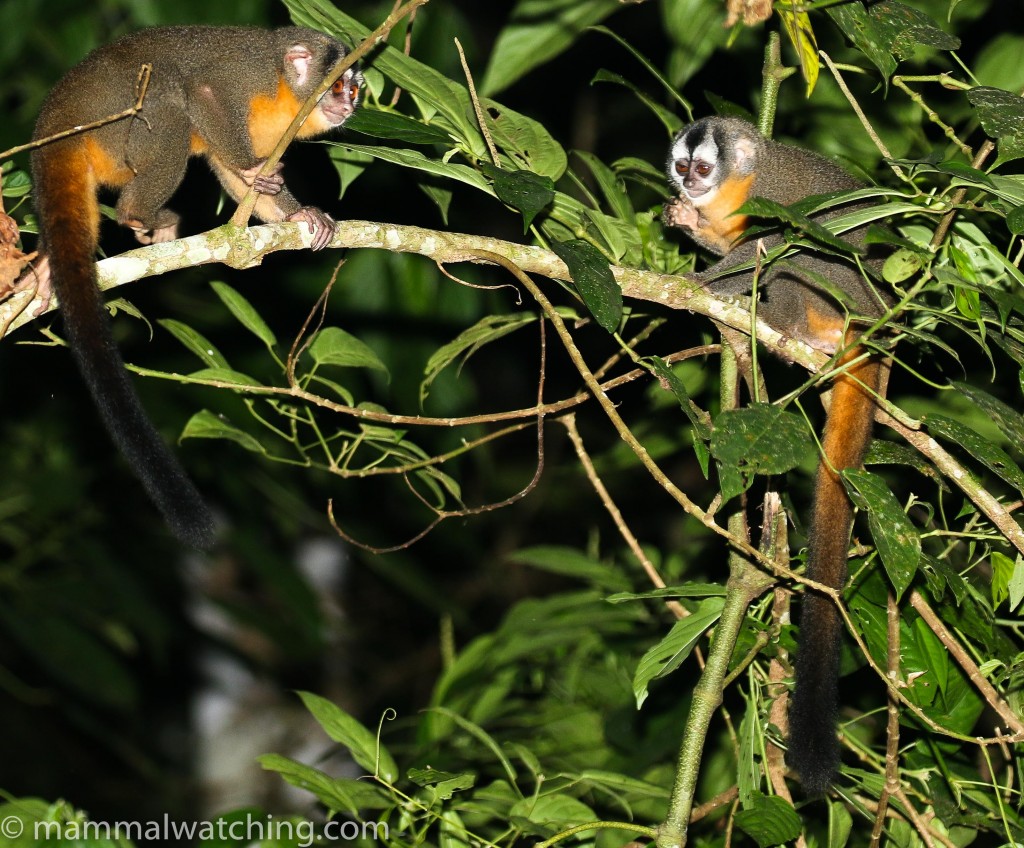
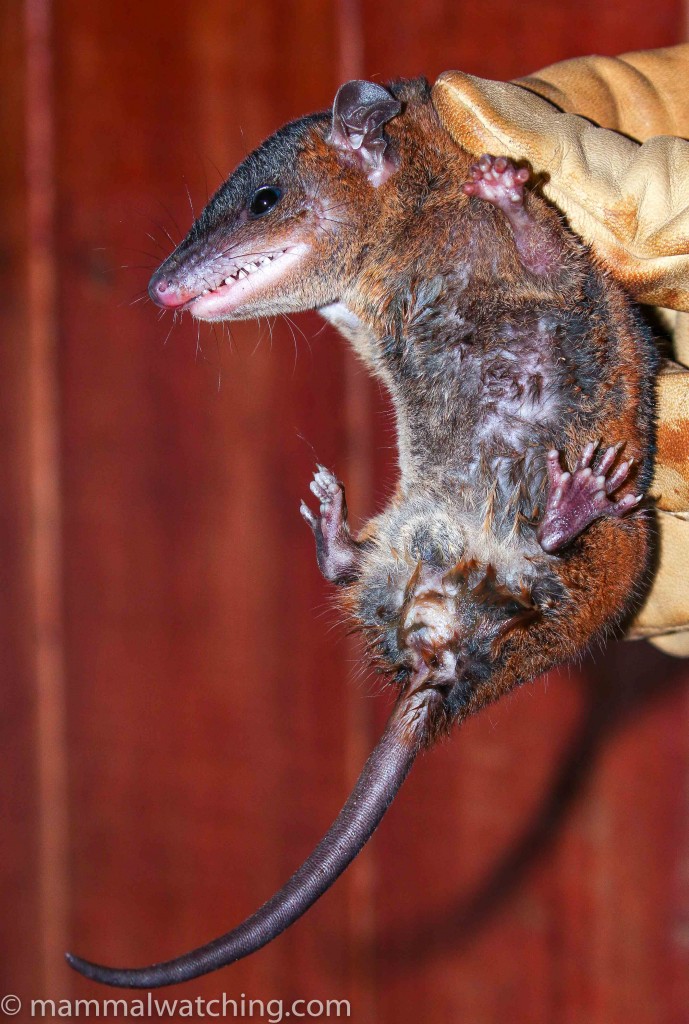
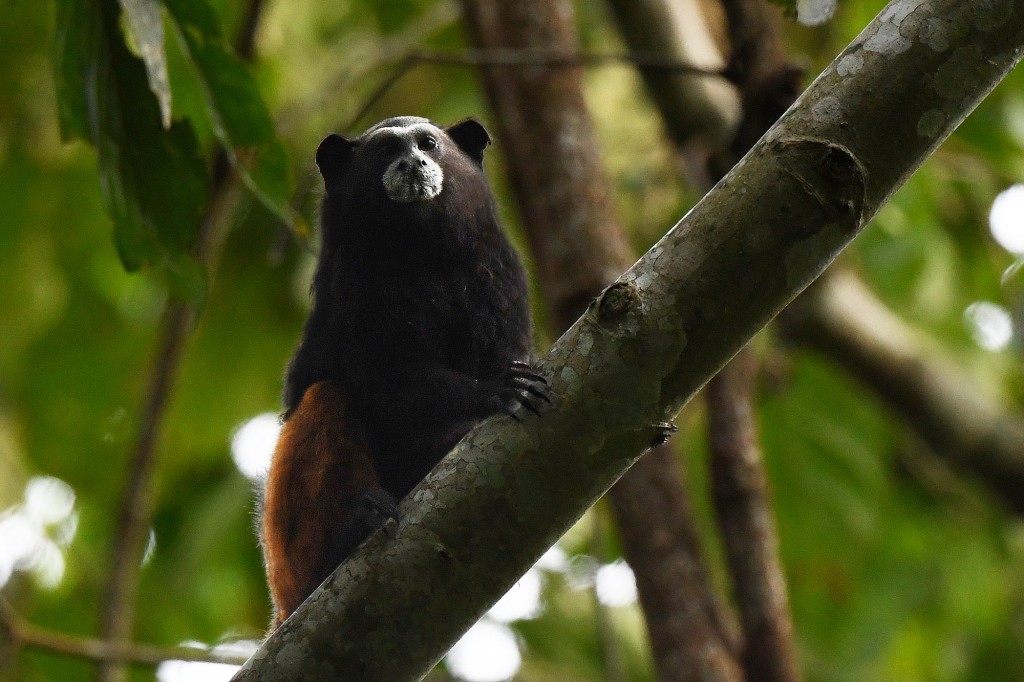
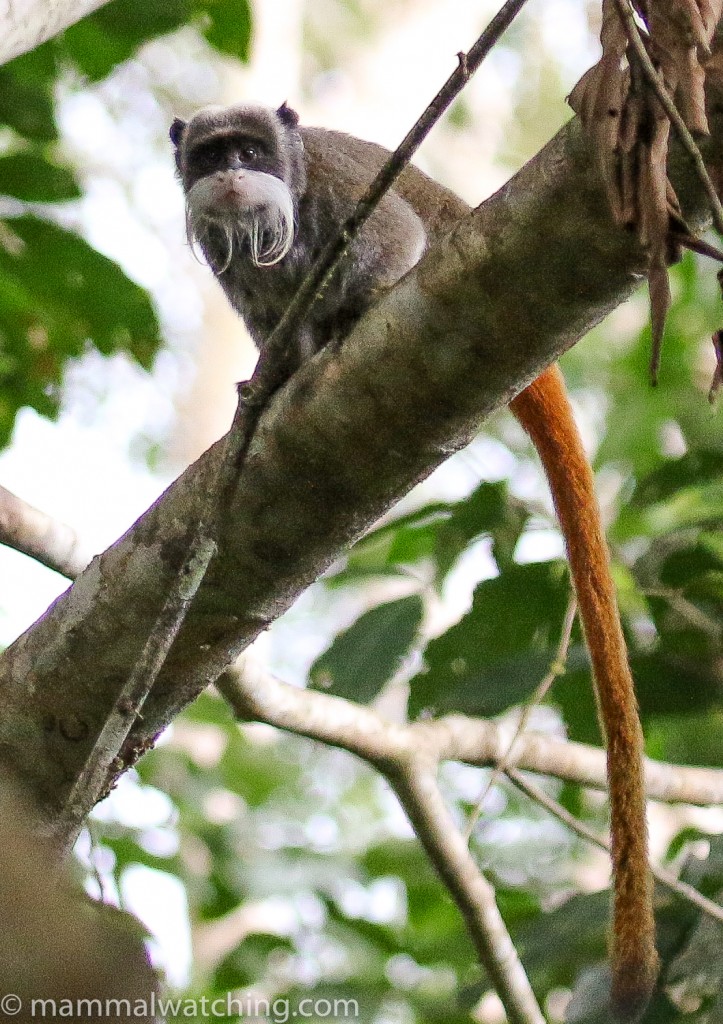
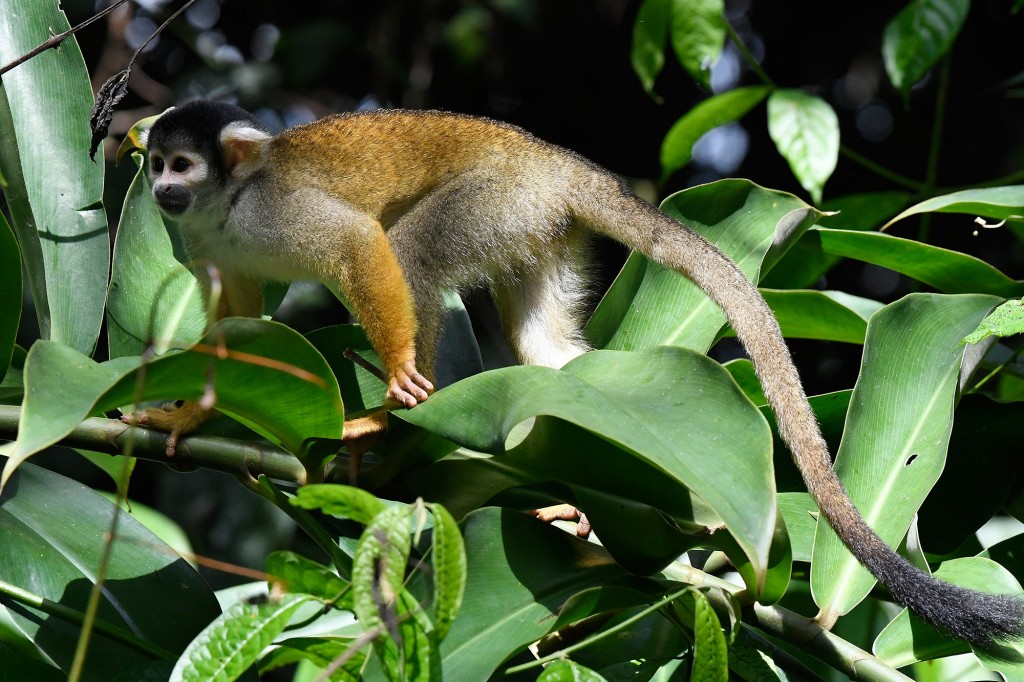
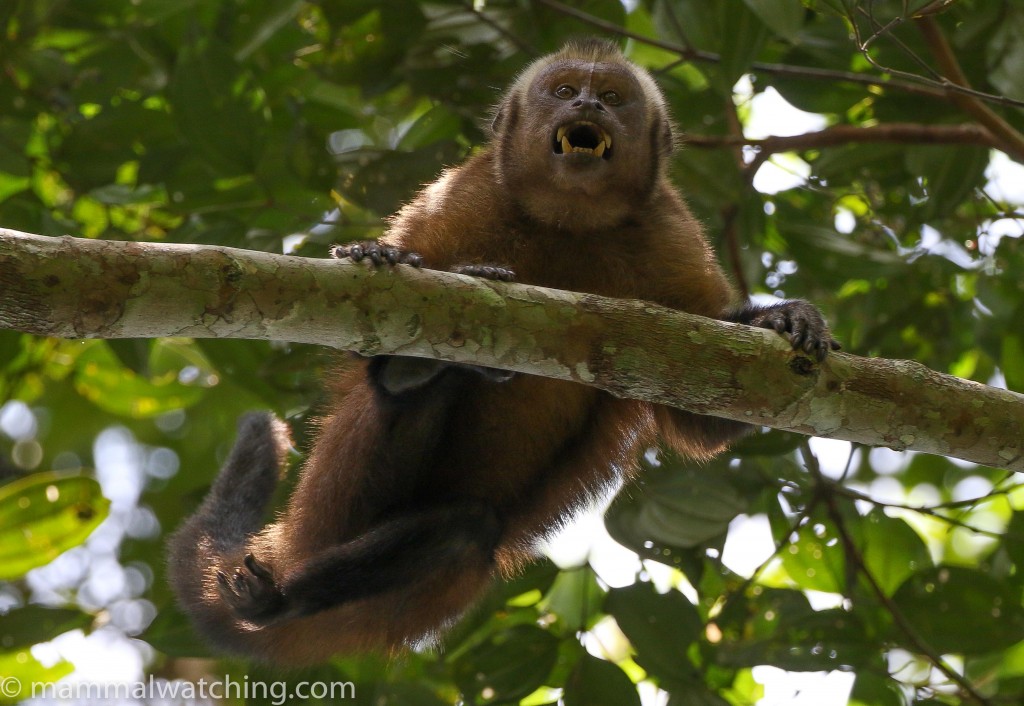
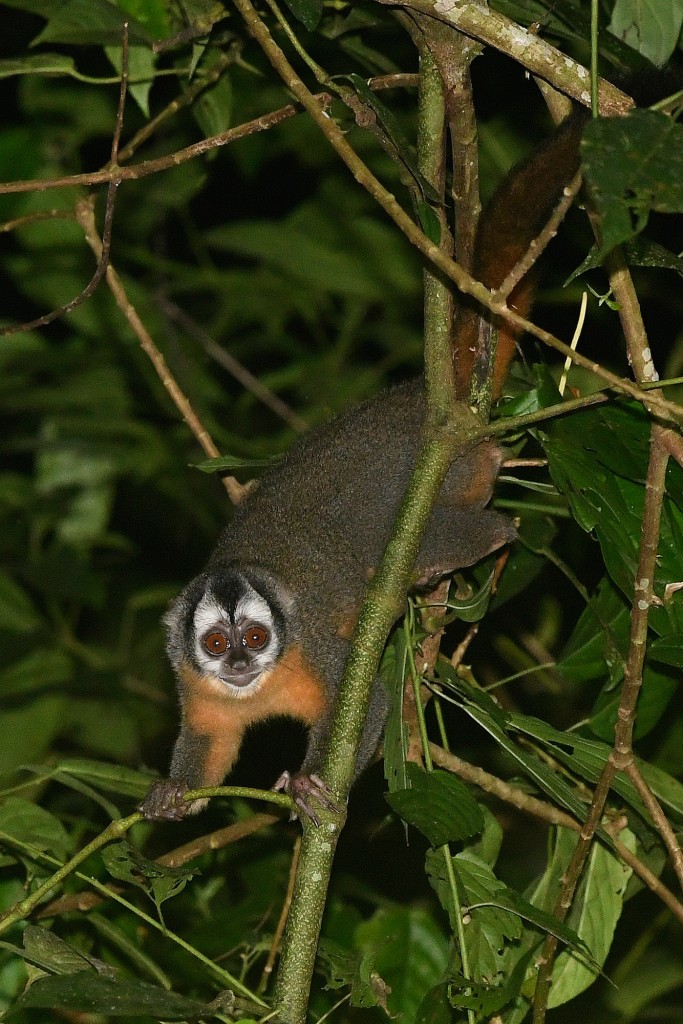
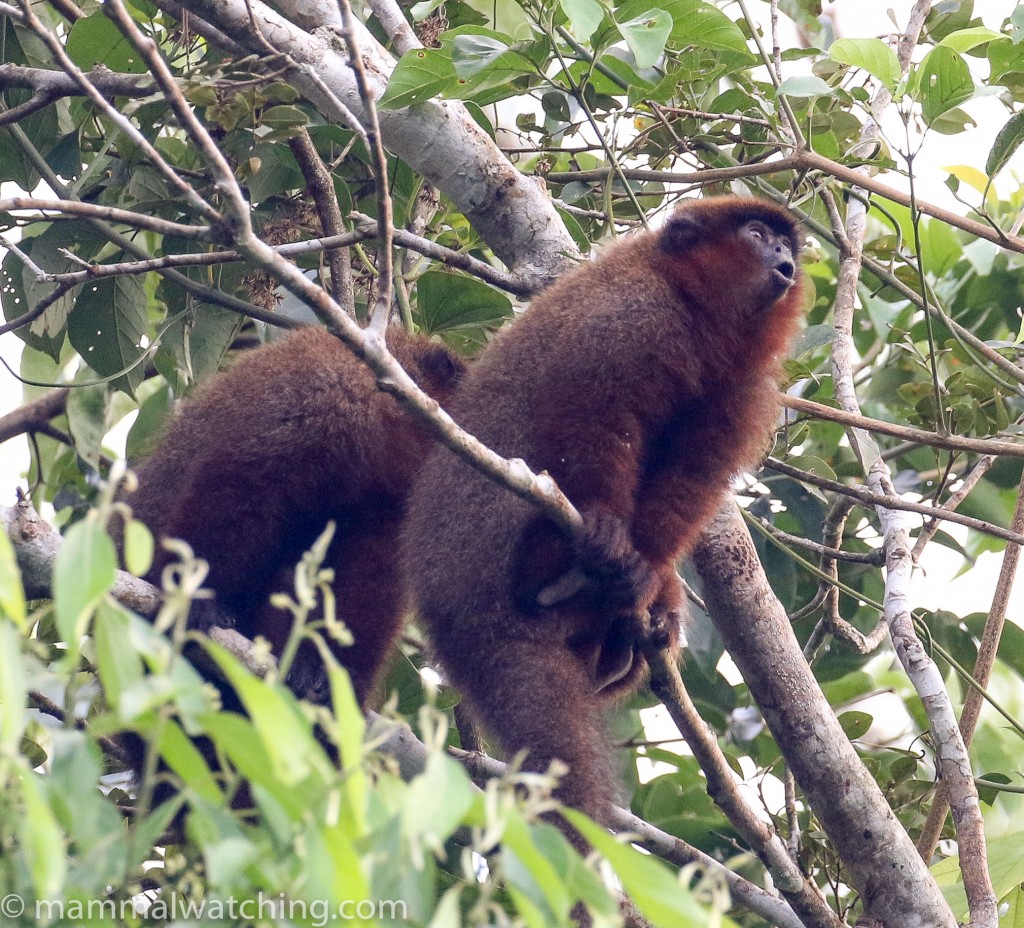
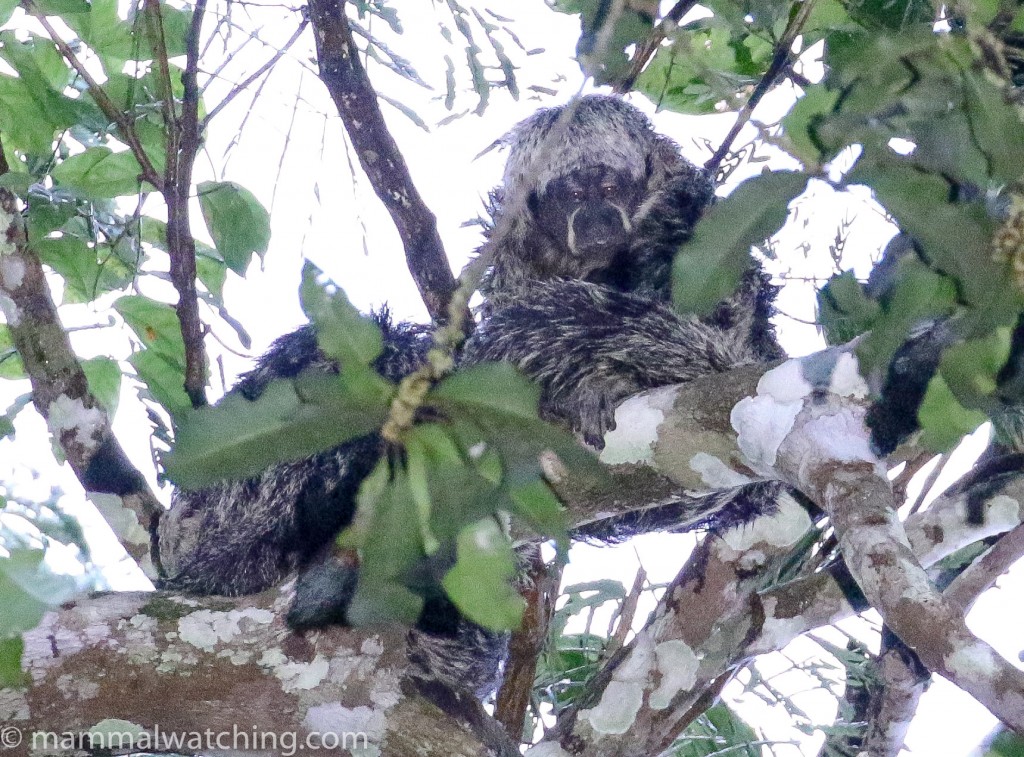
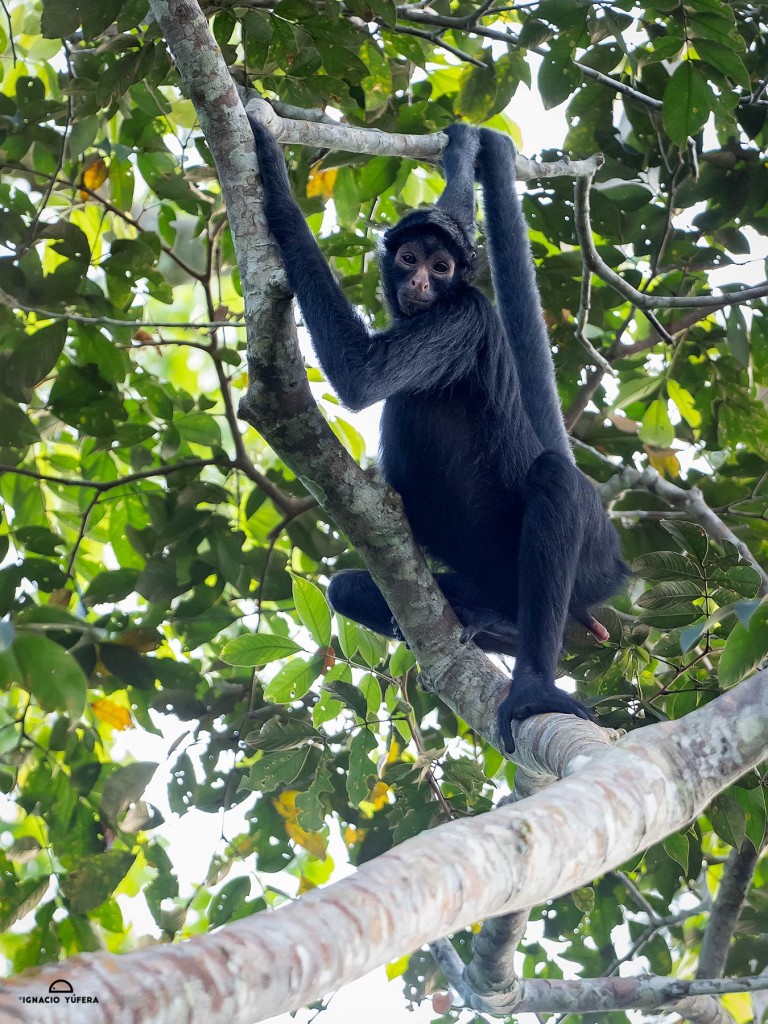
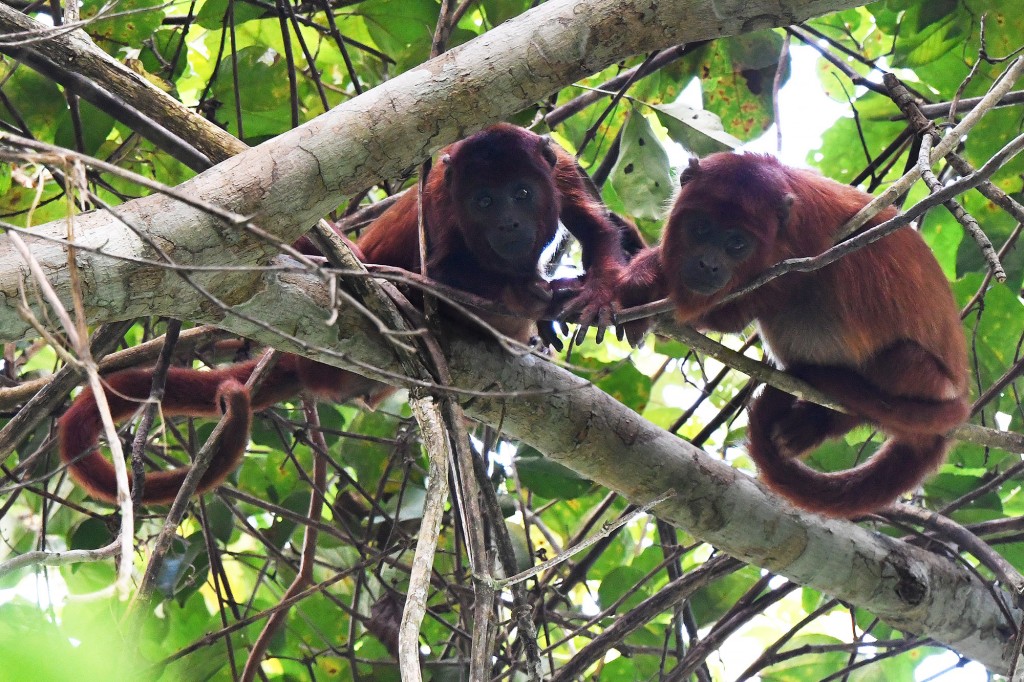
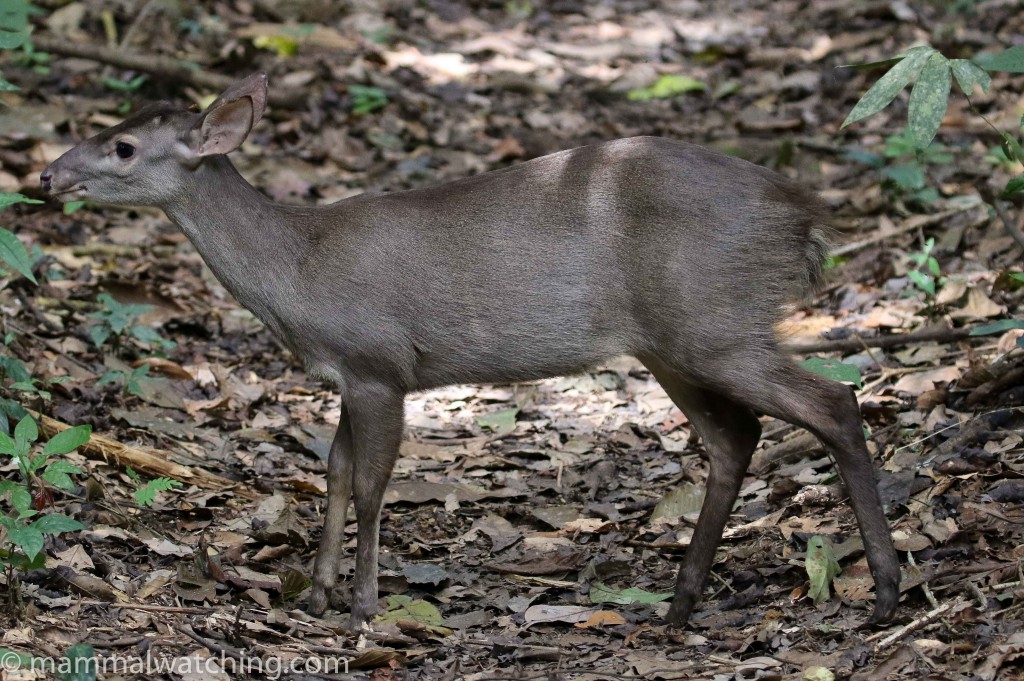
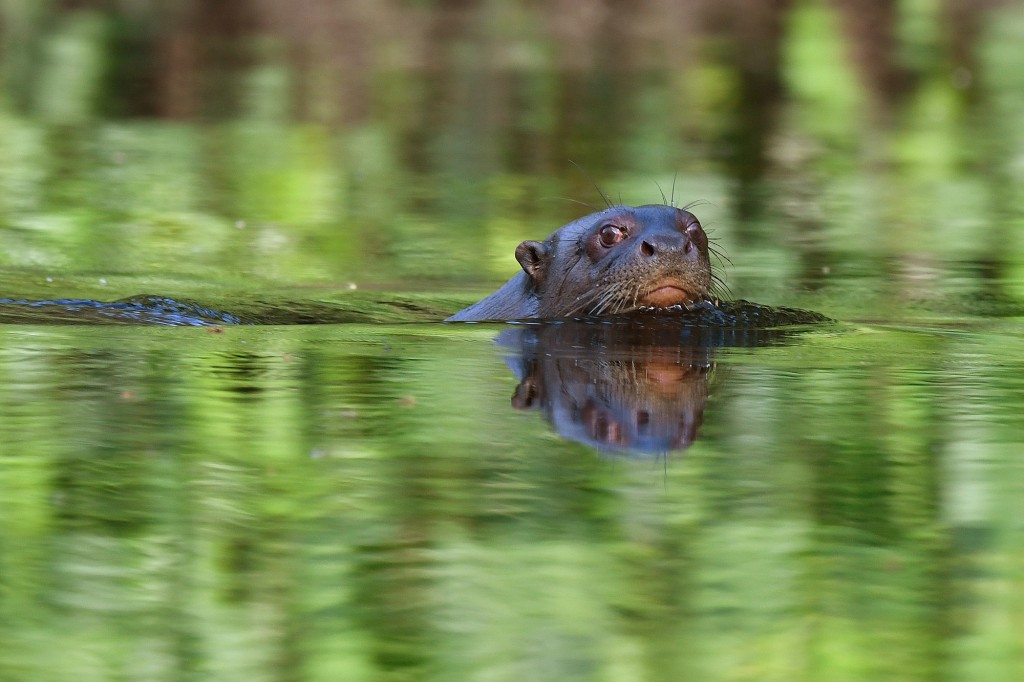
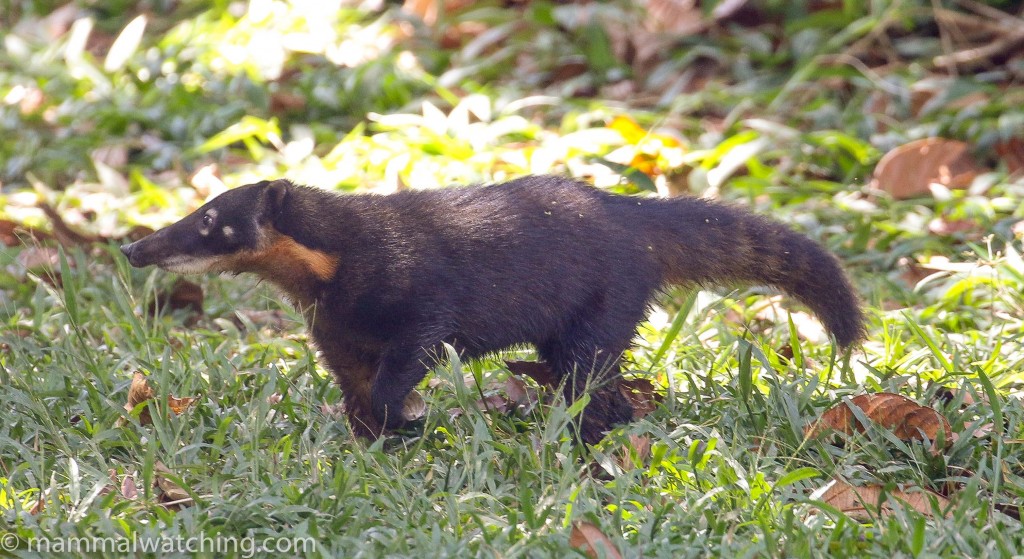
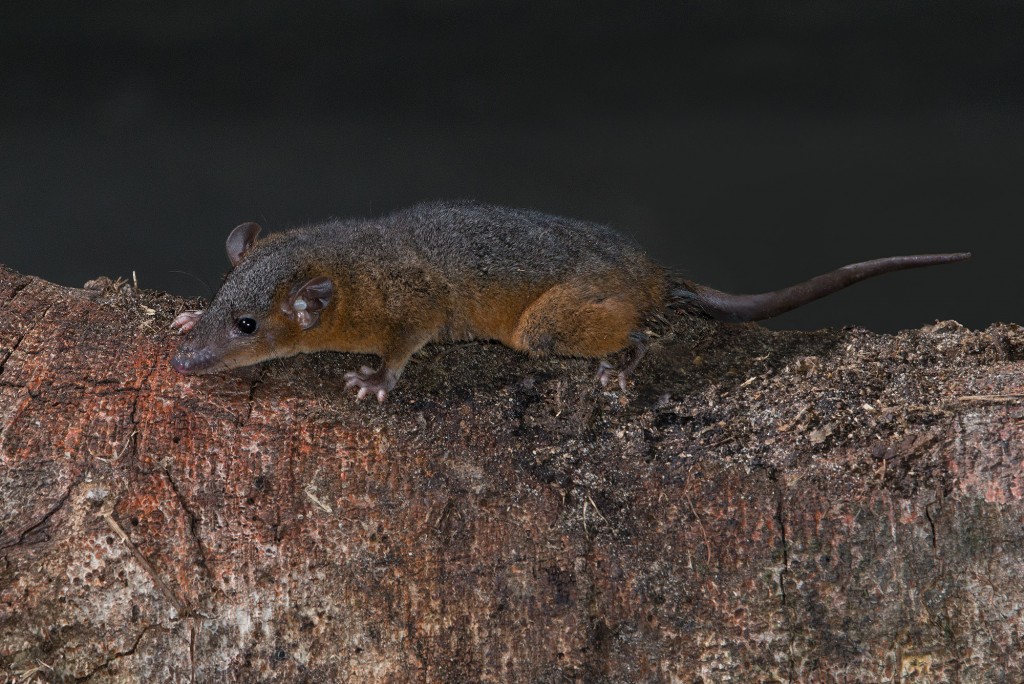
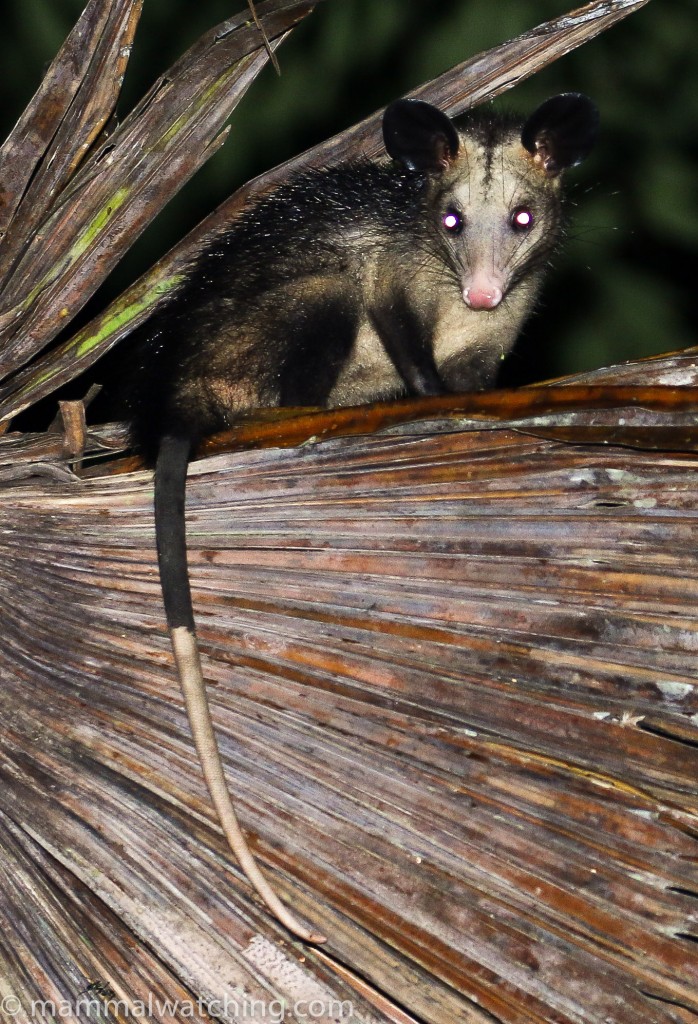
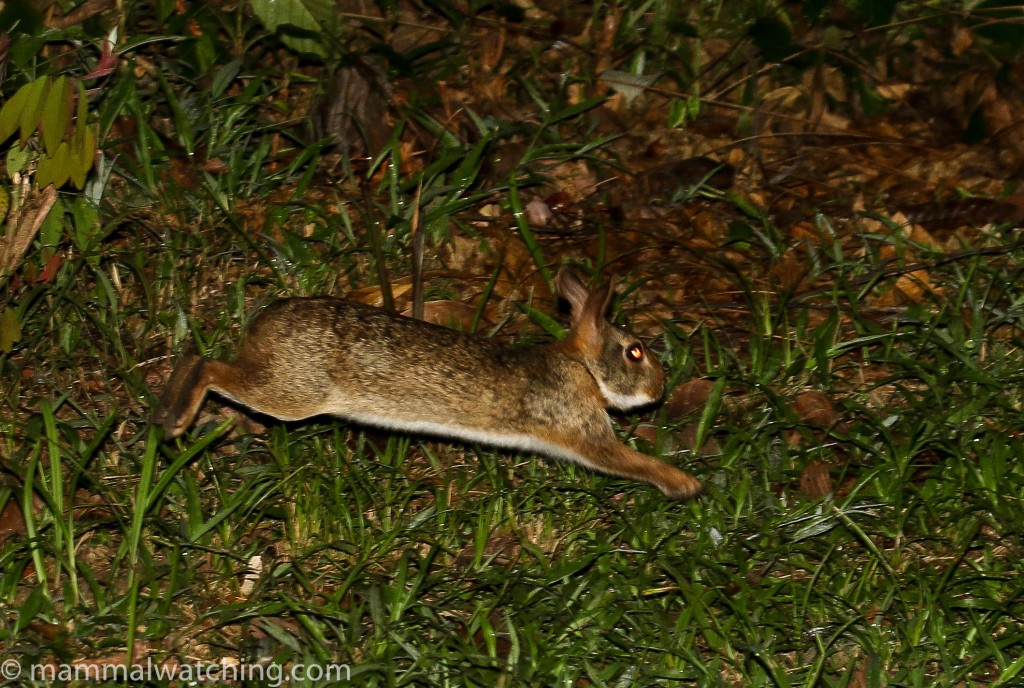
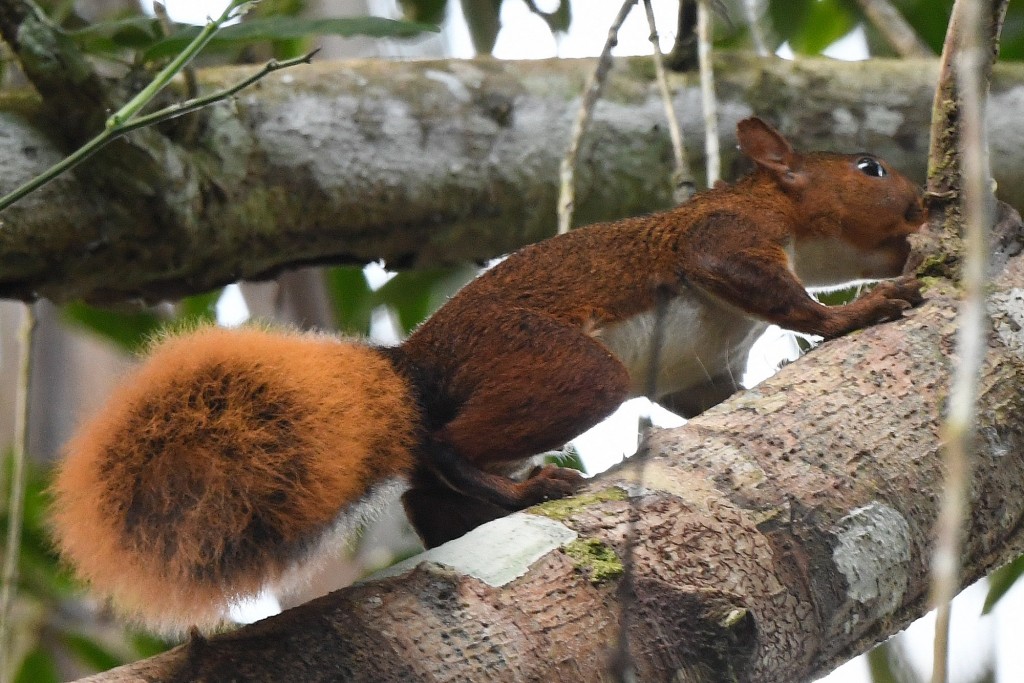
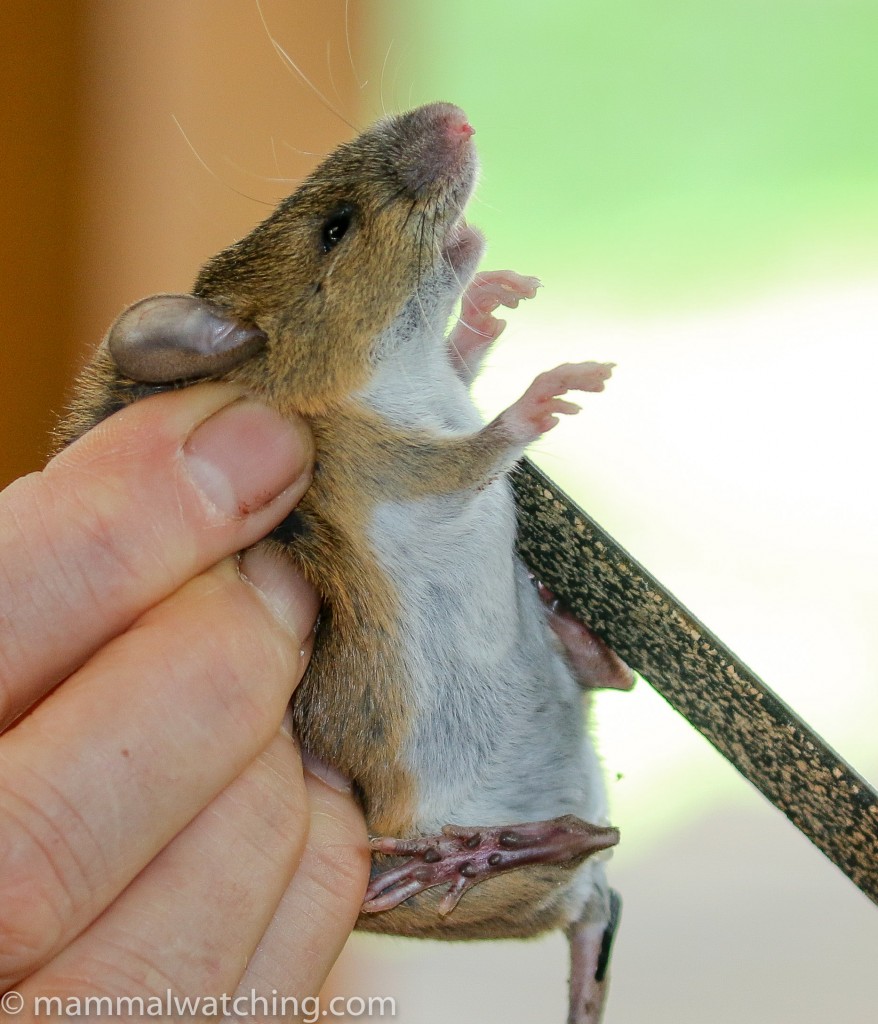
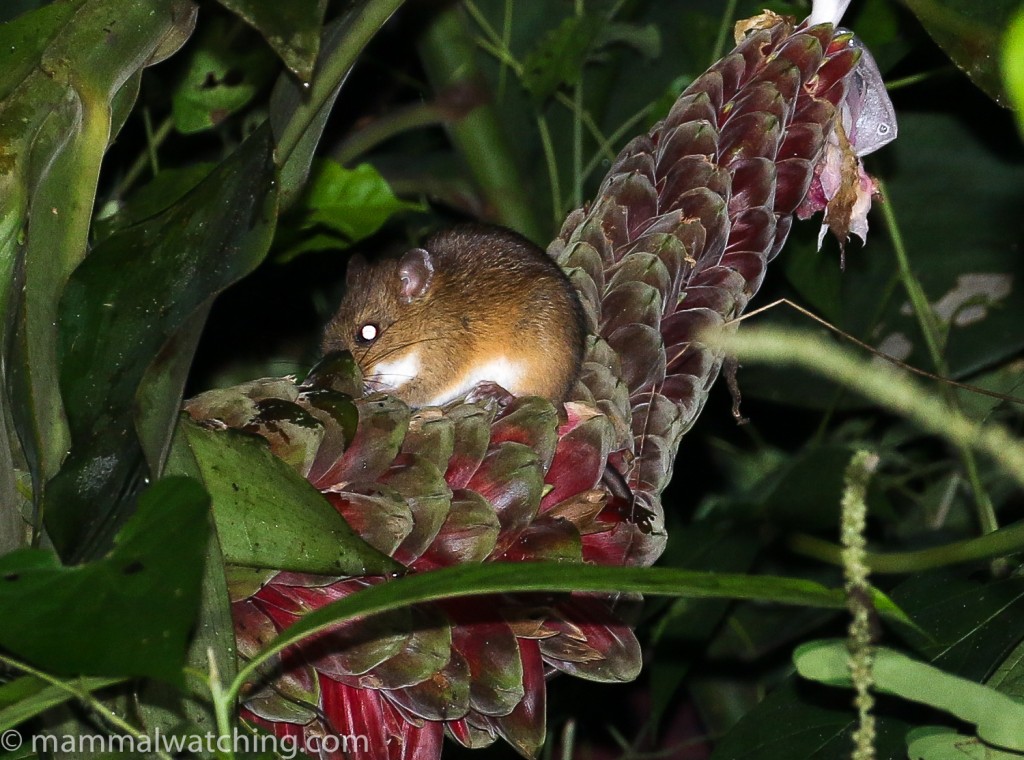
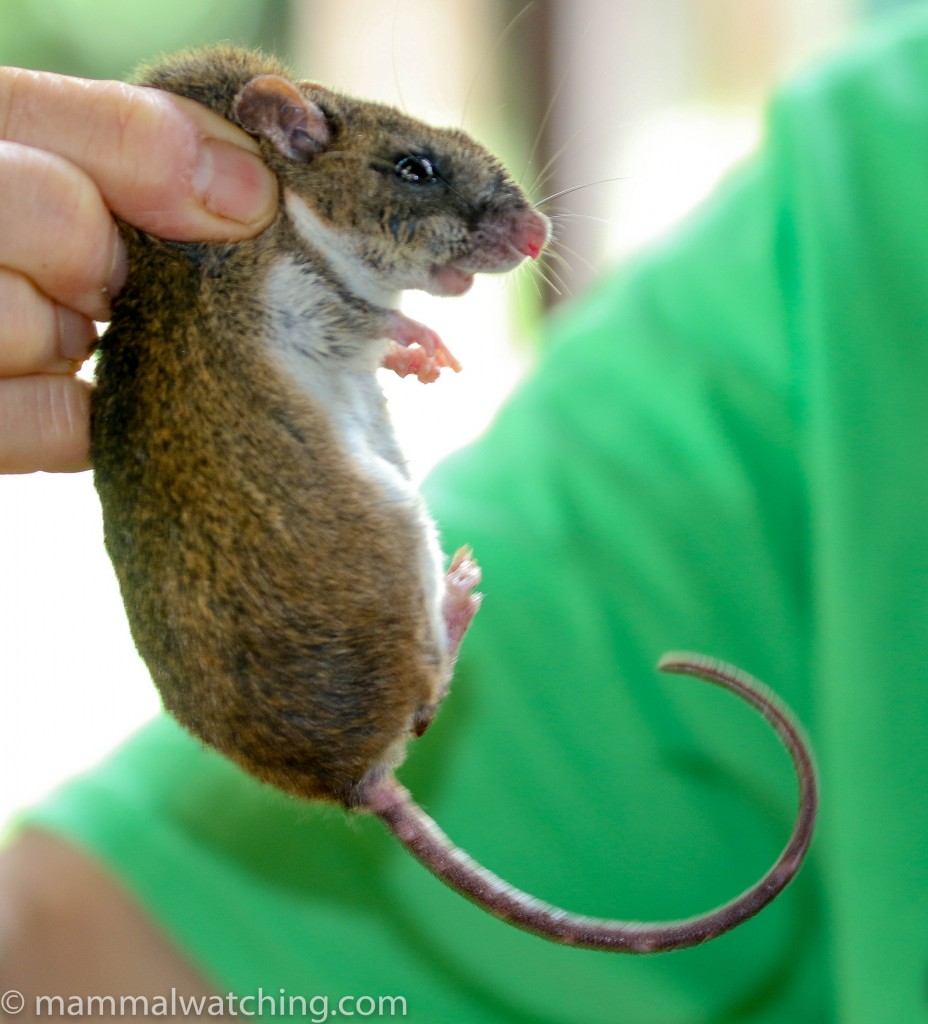
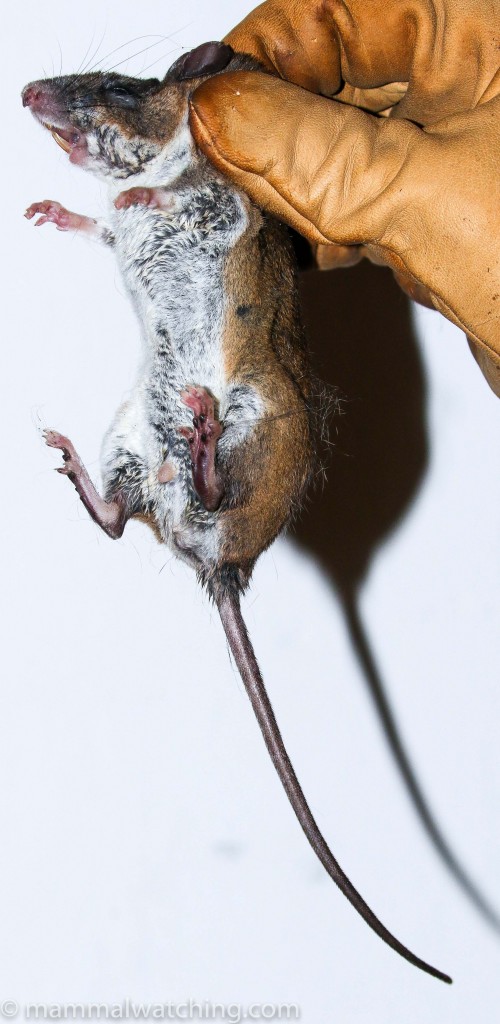
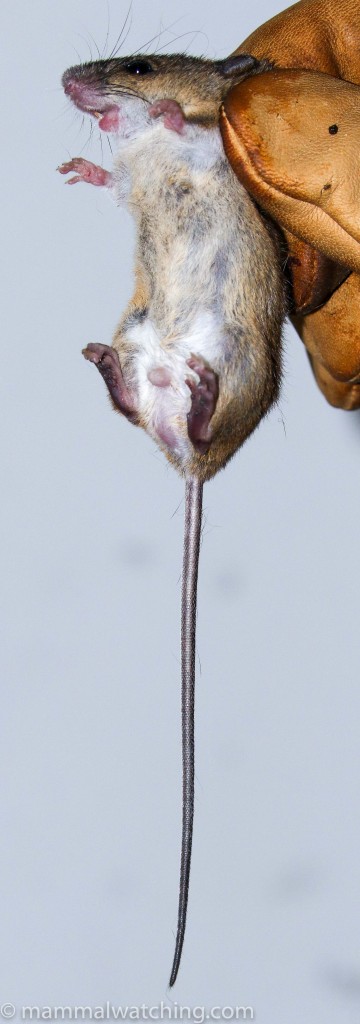
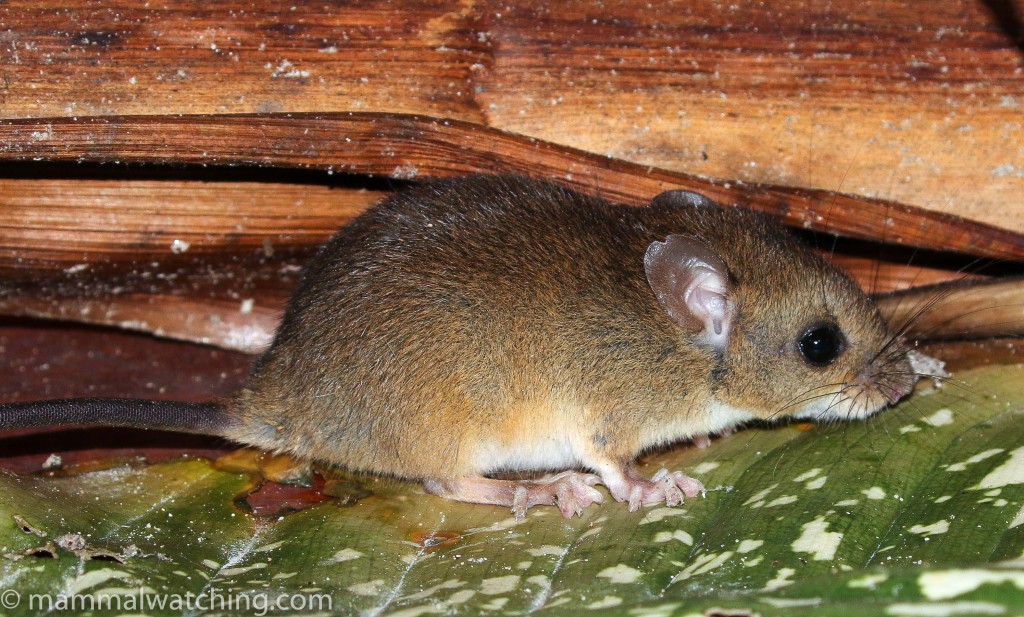
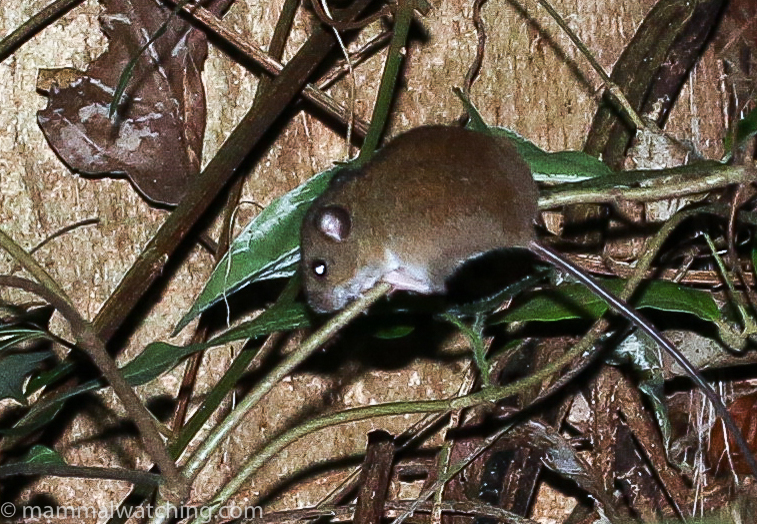
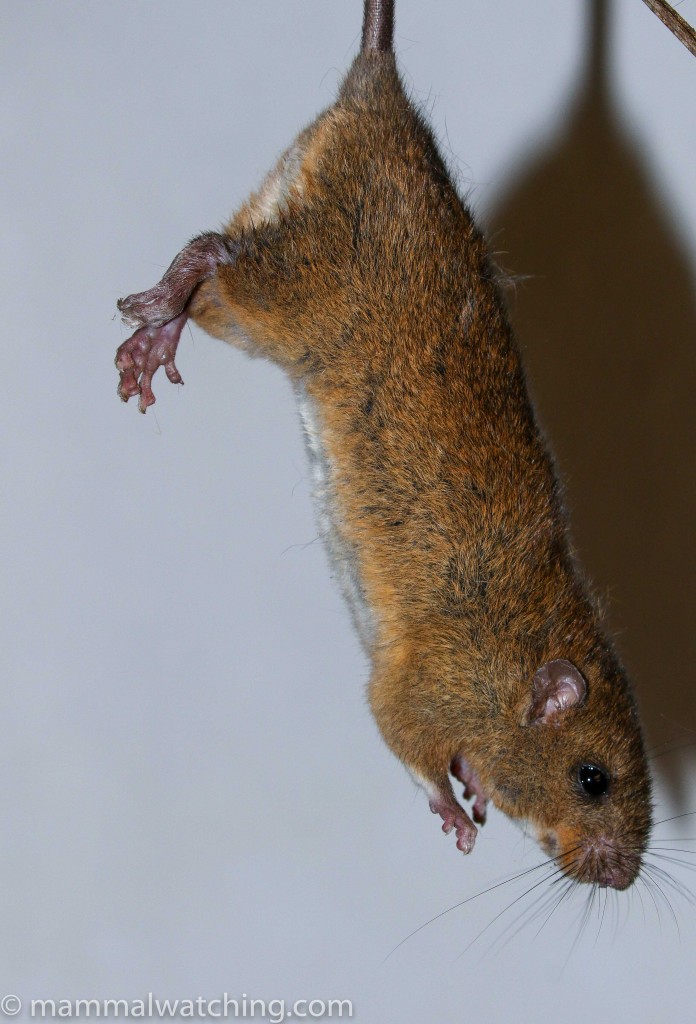
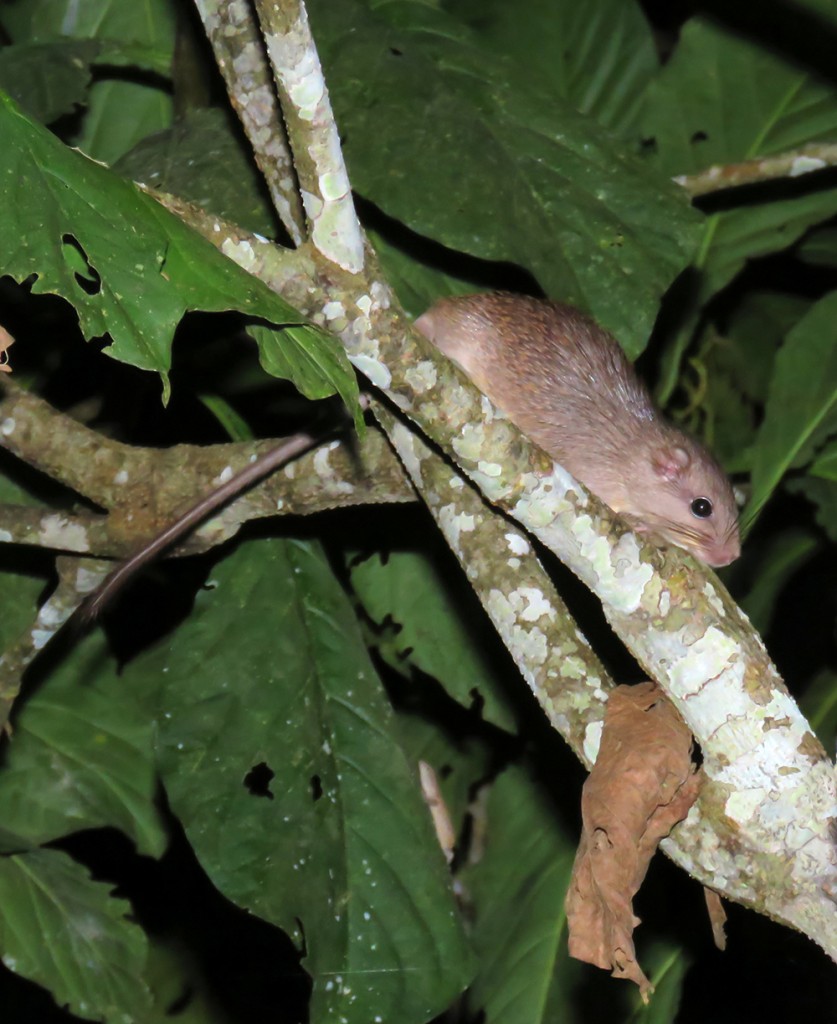
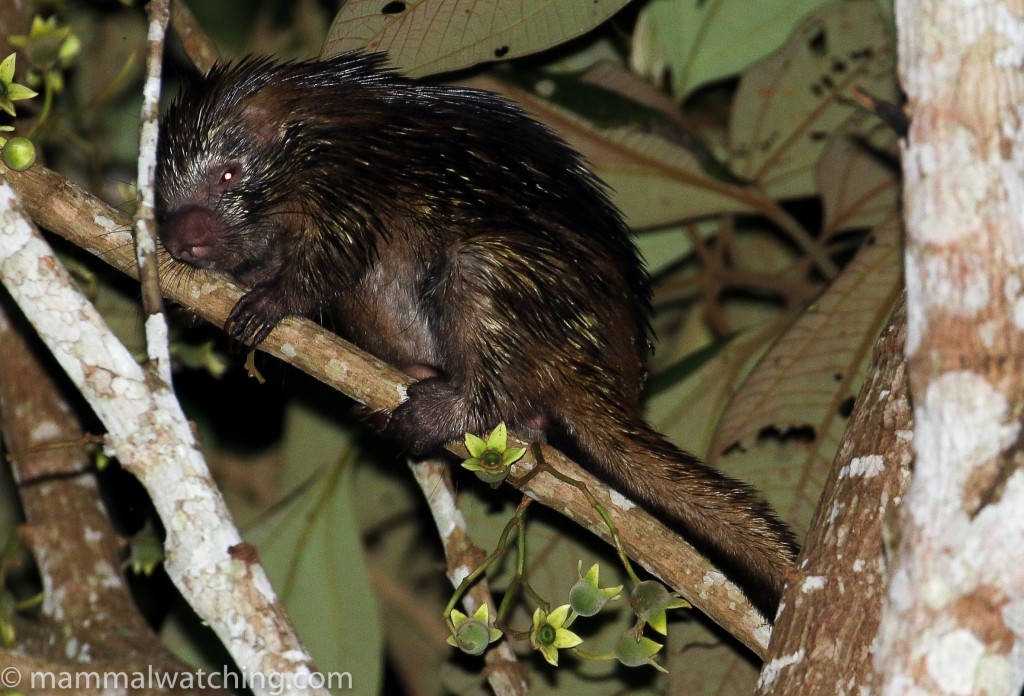
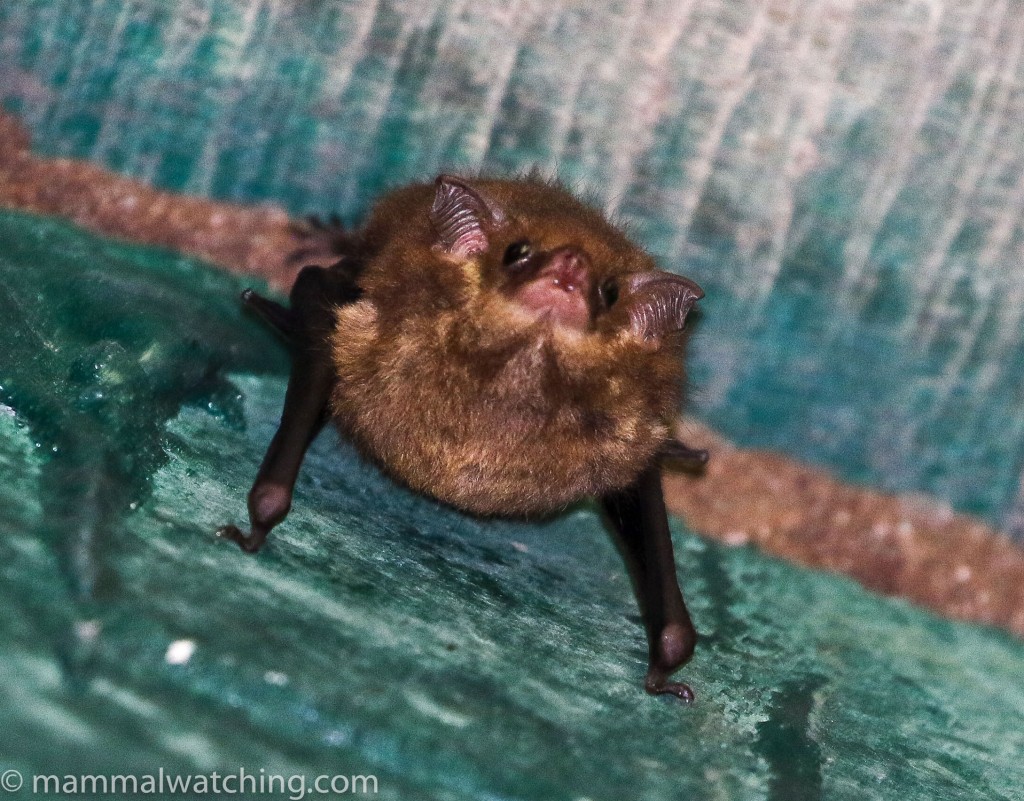
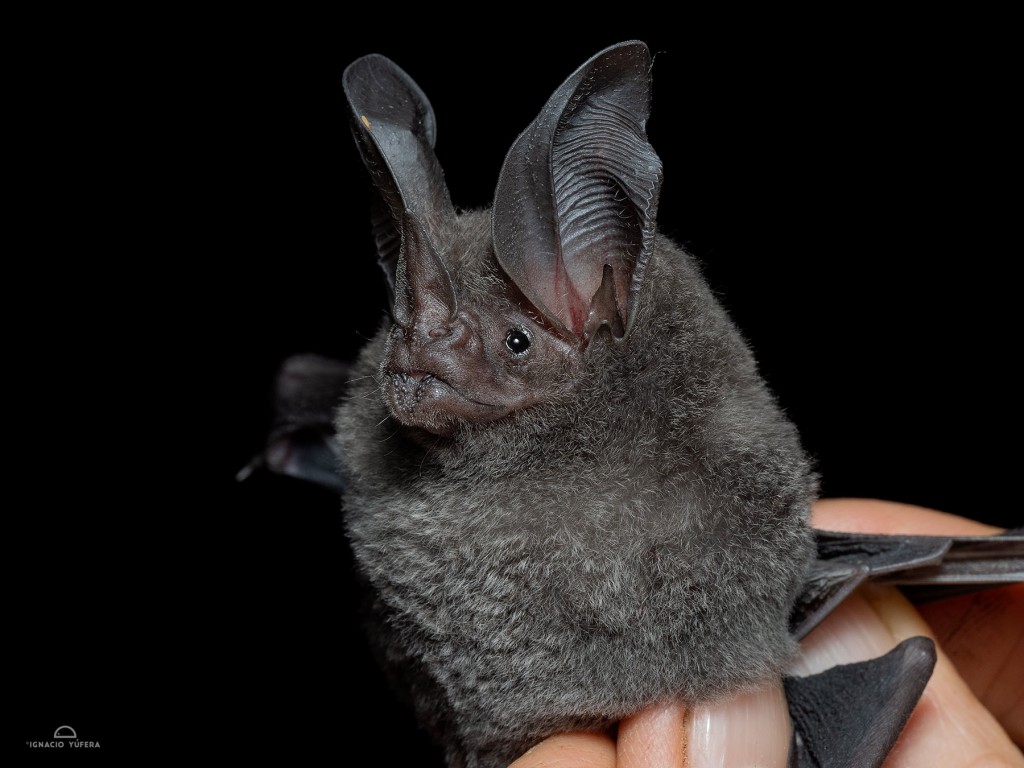
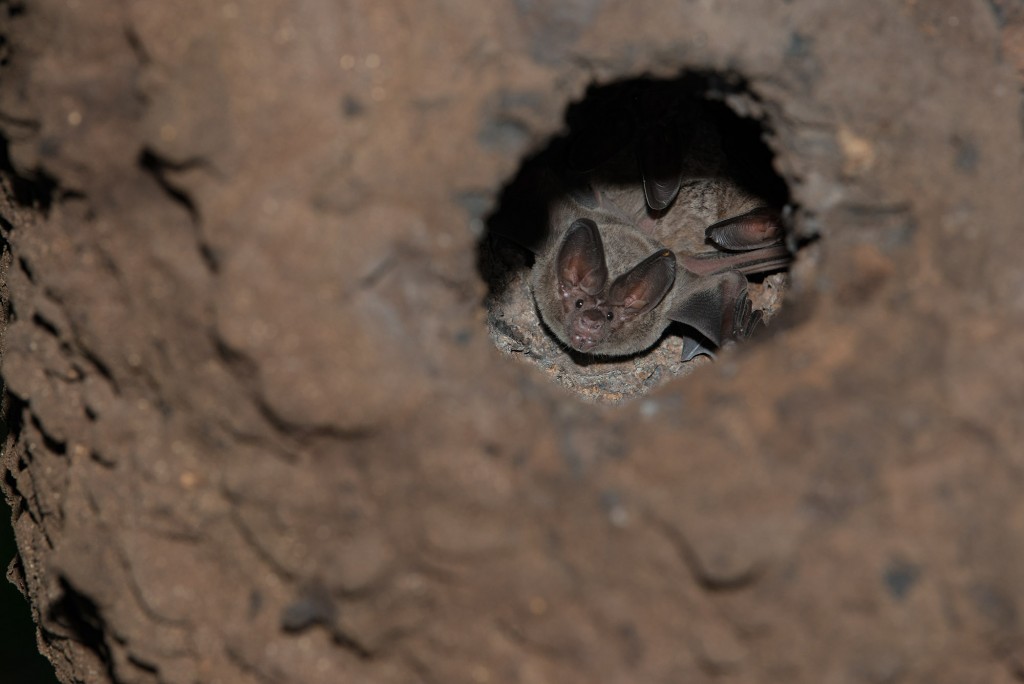
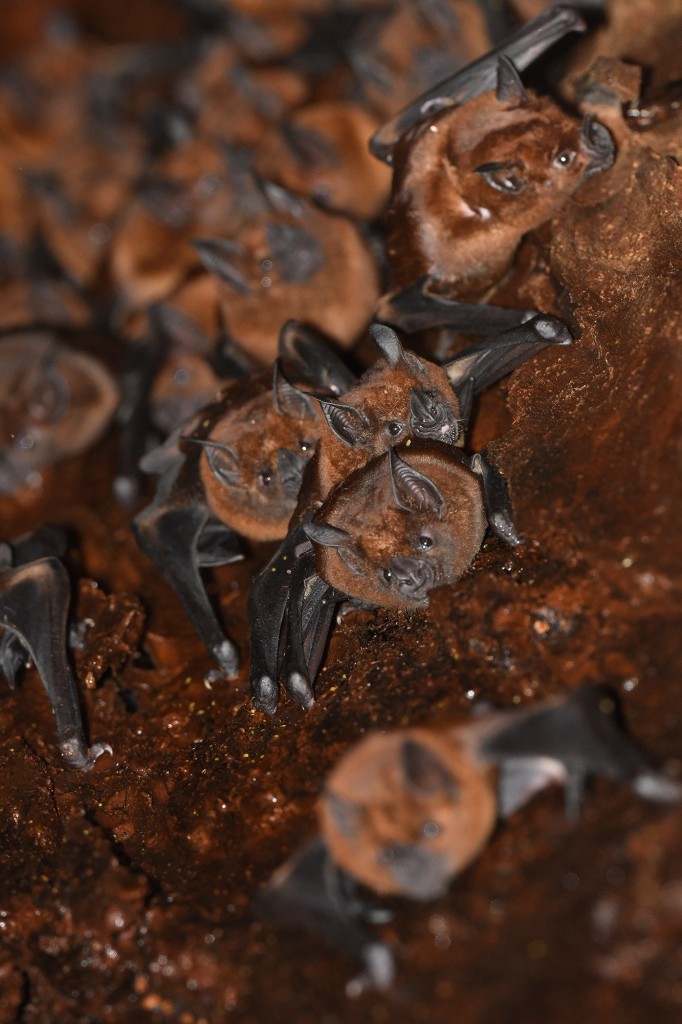
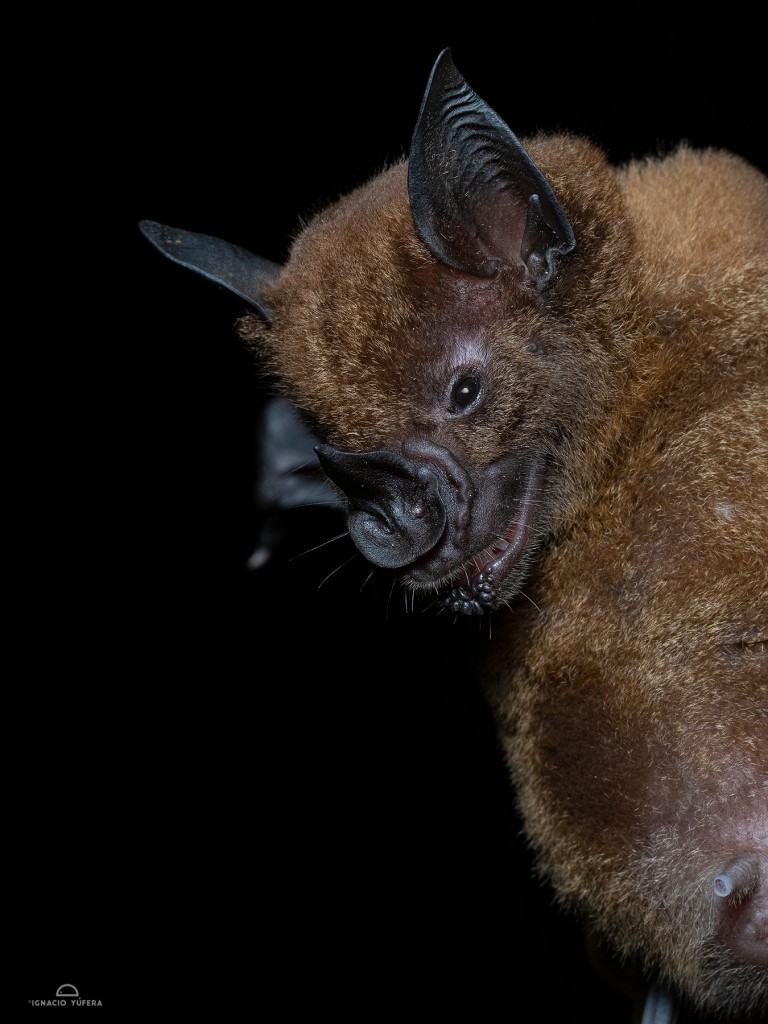
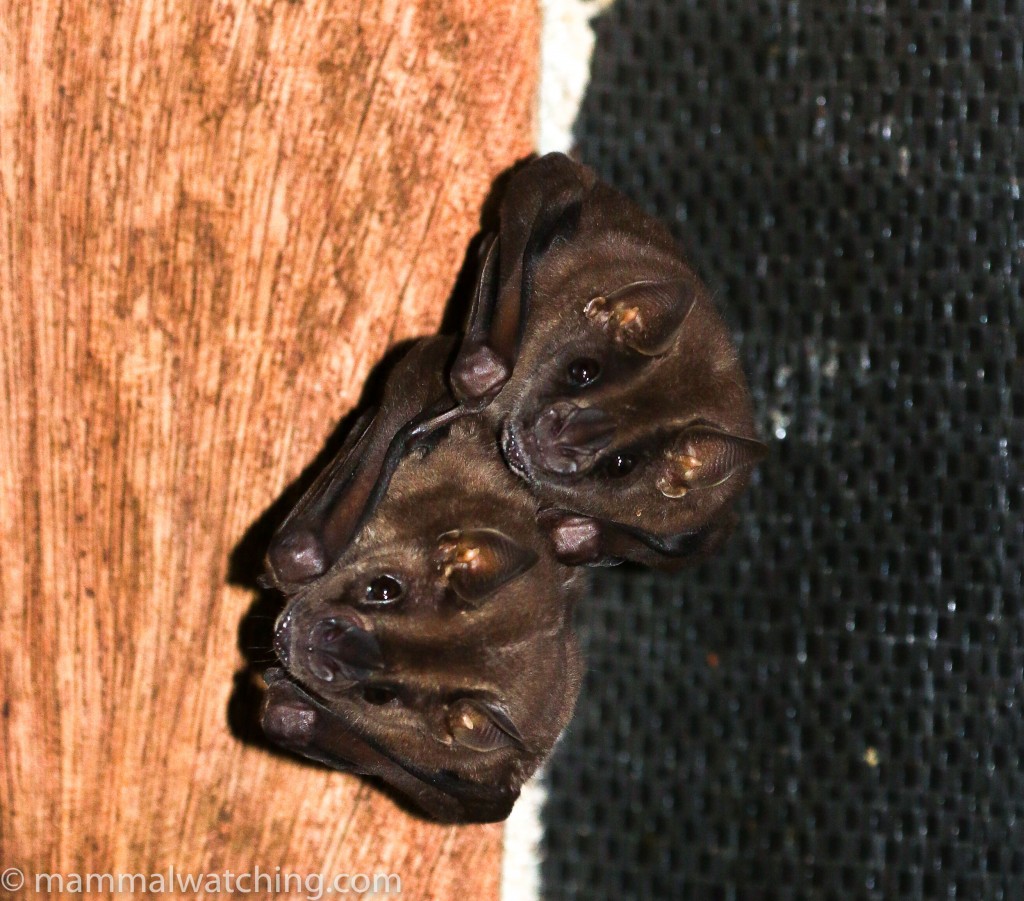
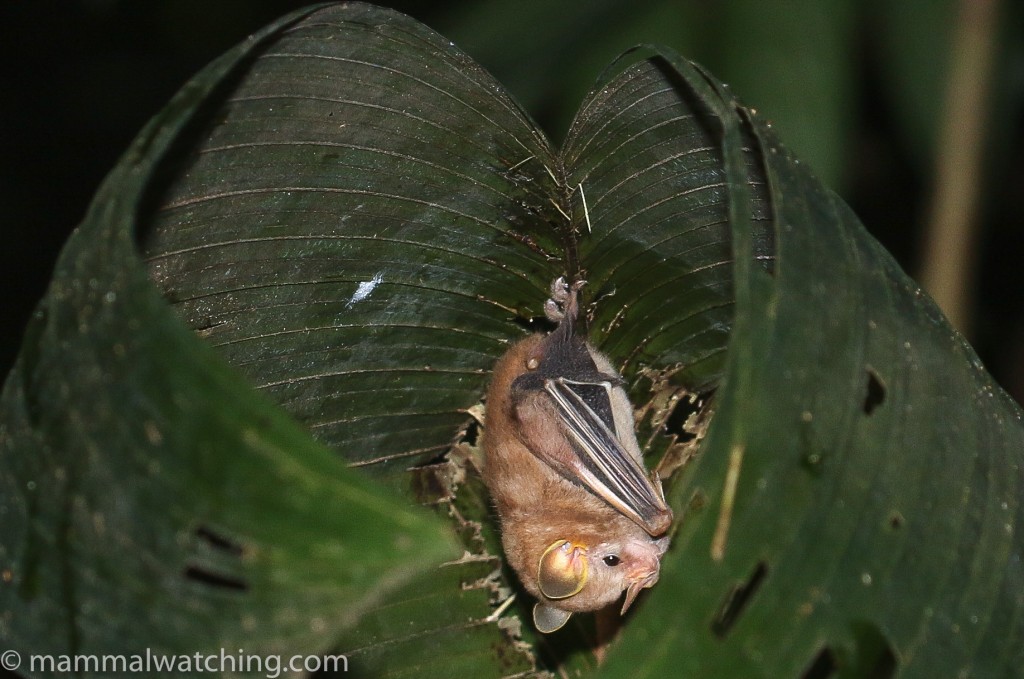
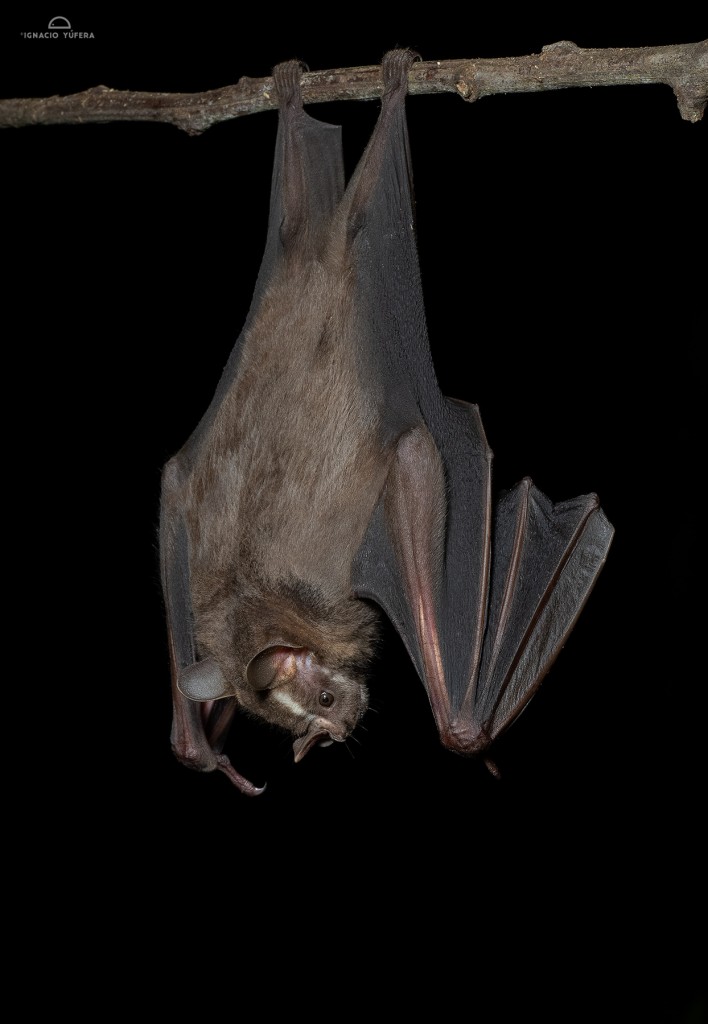
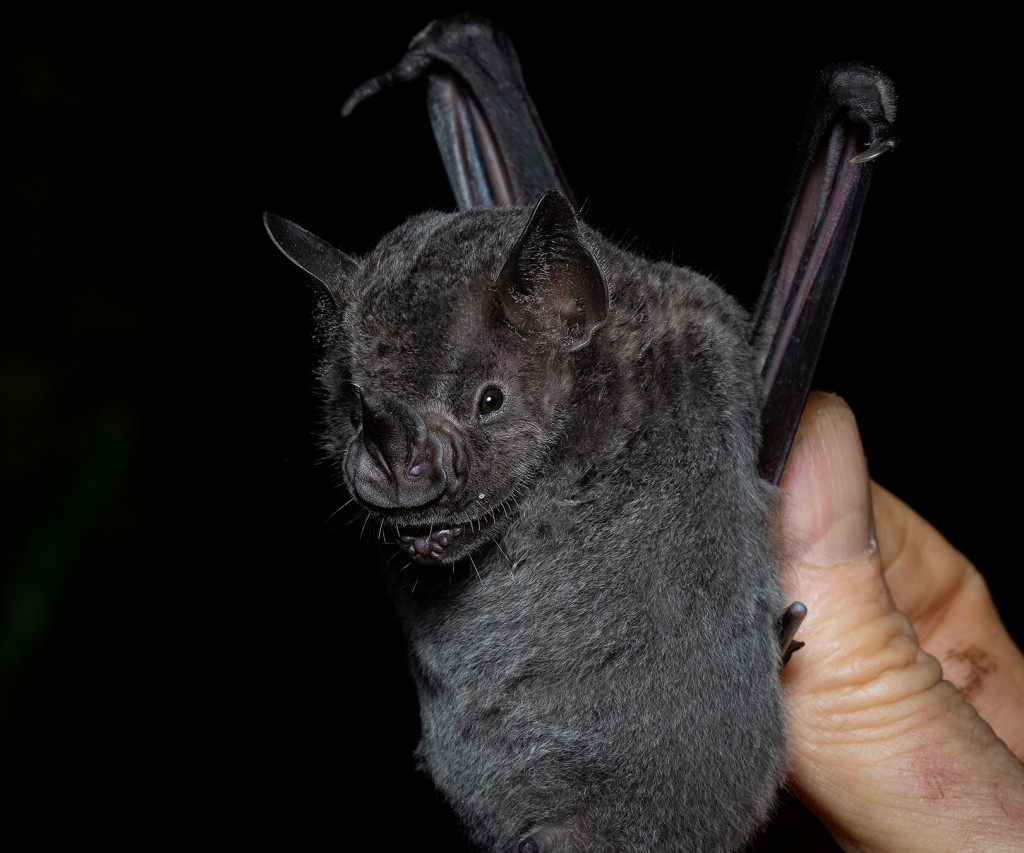
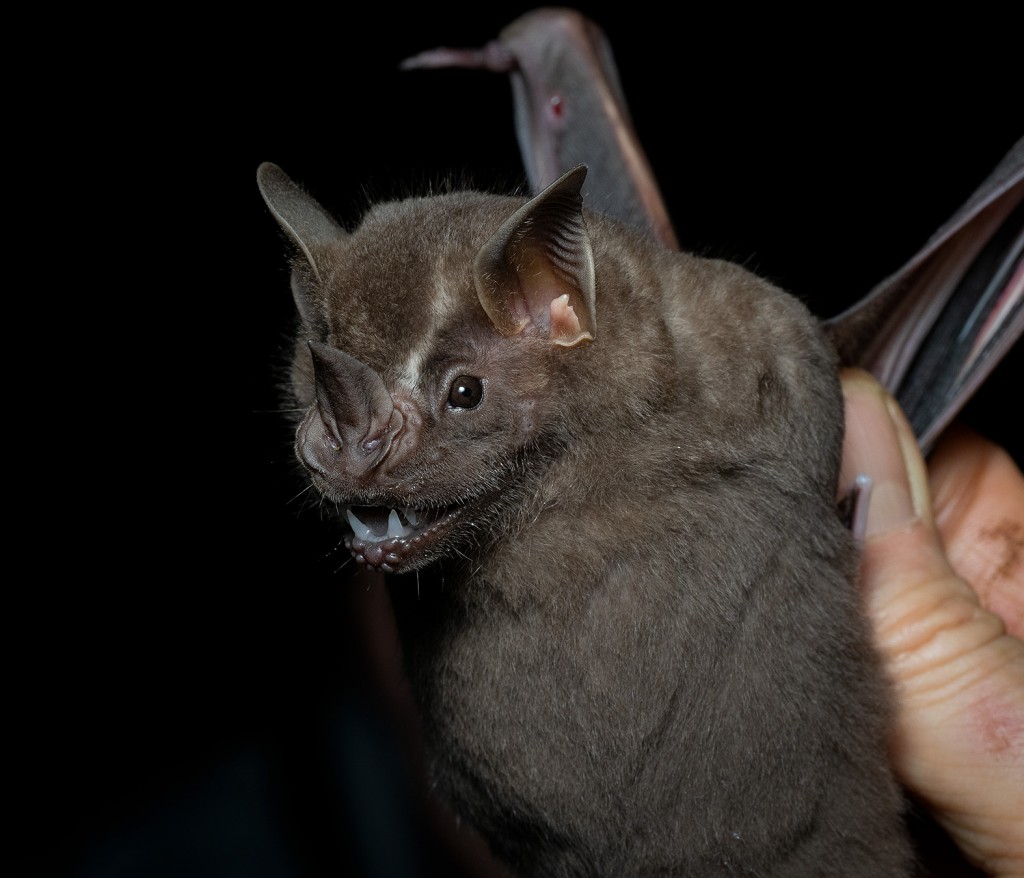
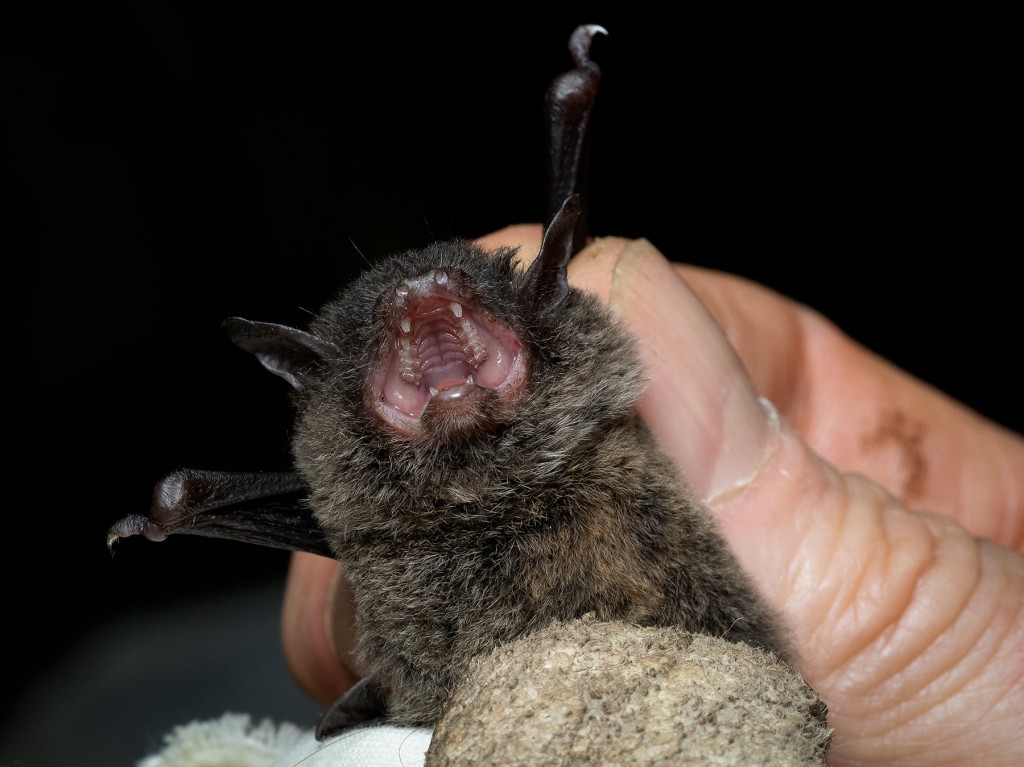
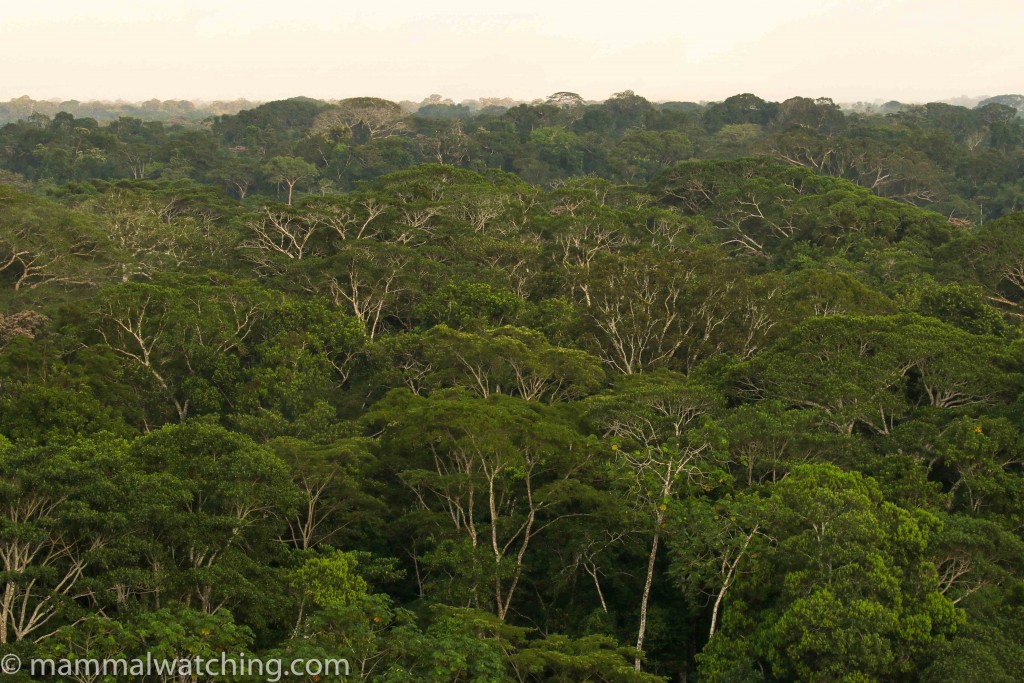
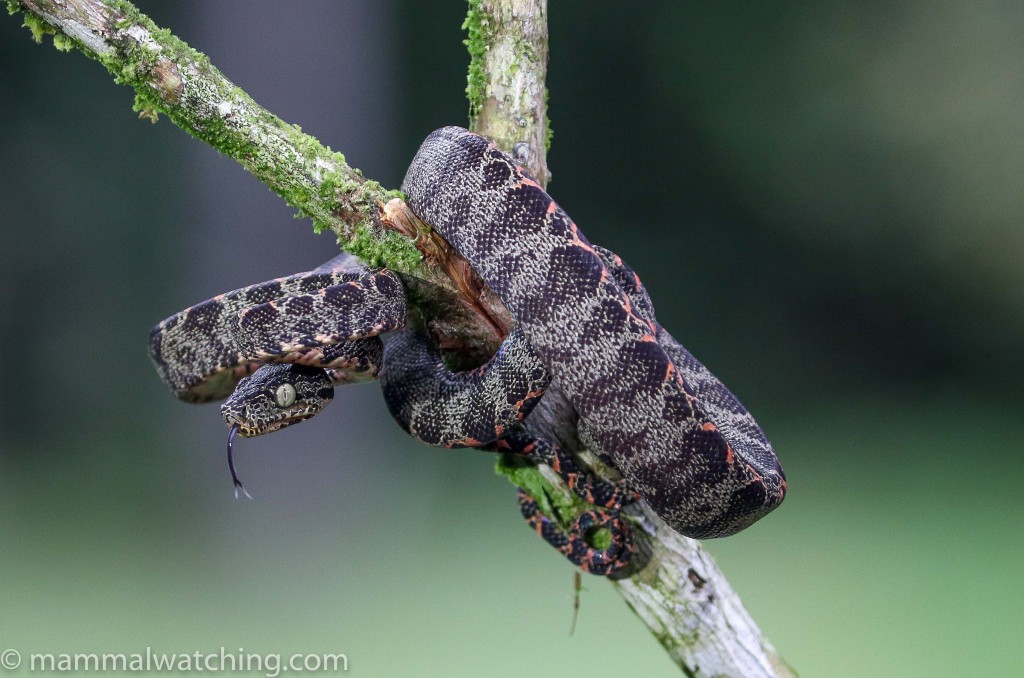
Charles Foley
Destructive Pygmy Rice Rat is a fantastic name. I wonder what it did to the taxonomist who named it to deserve this accolade.